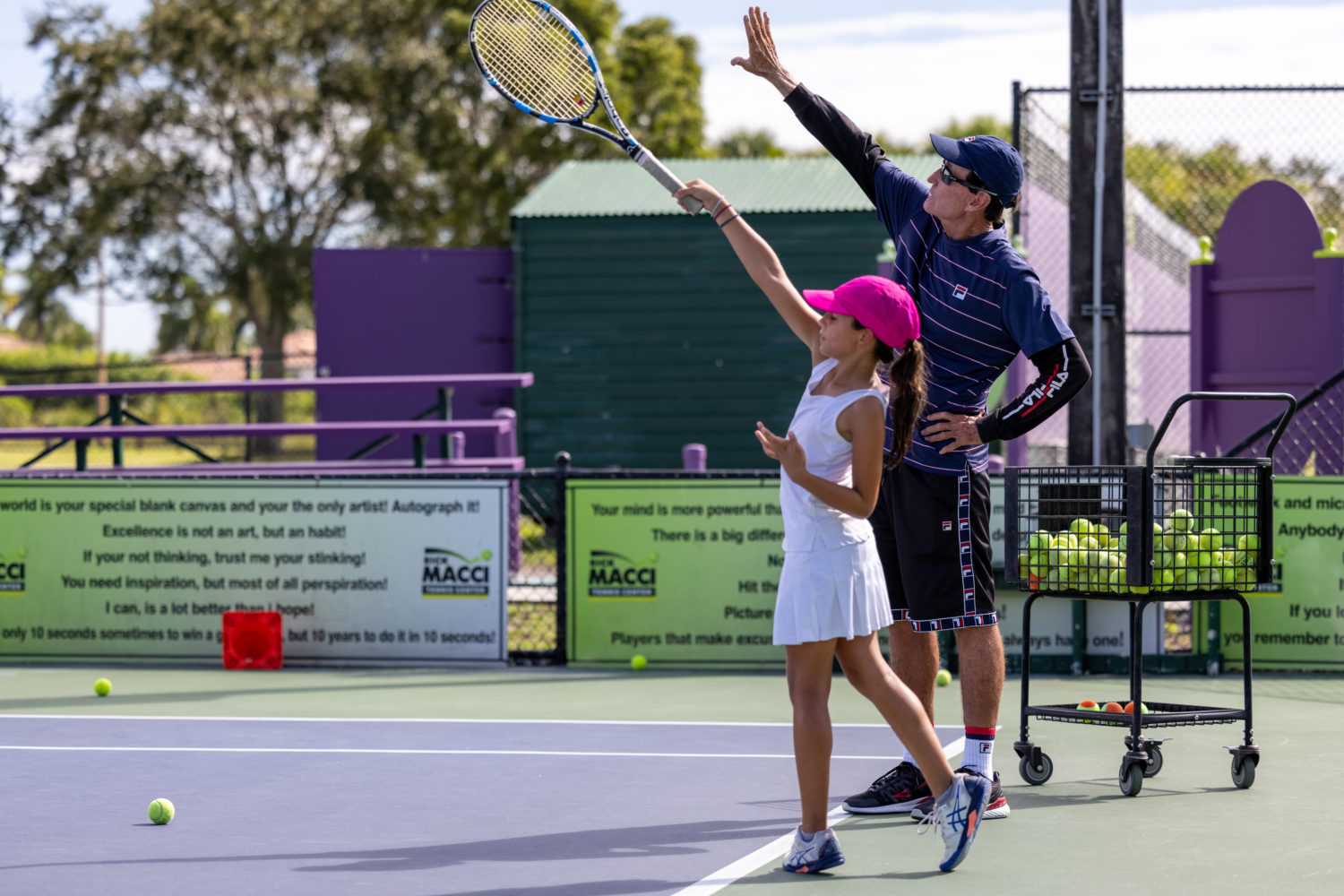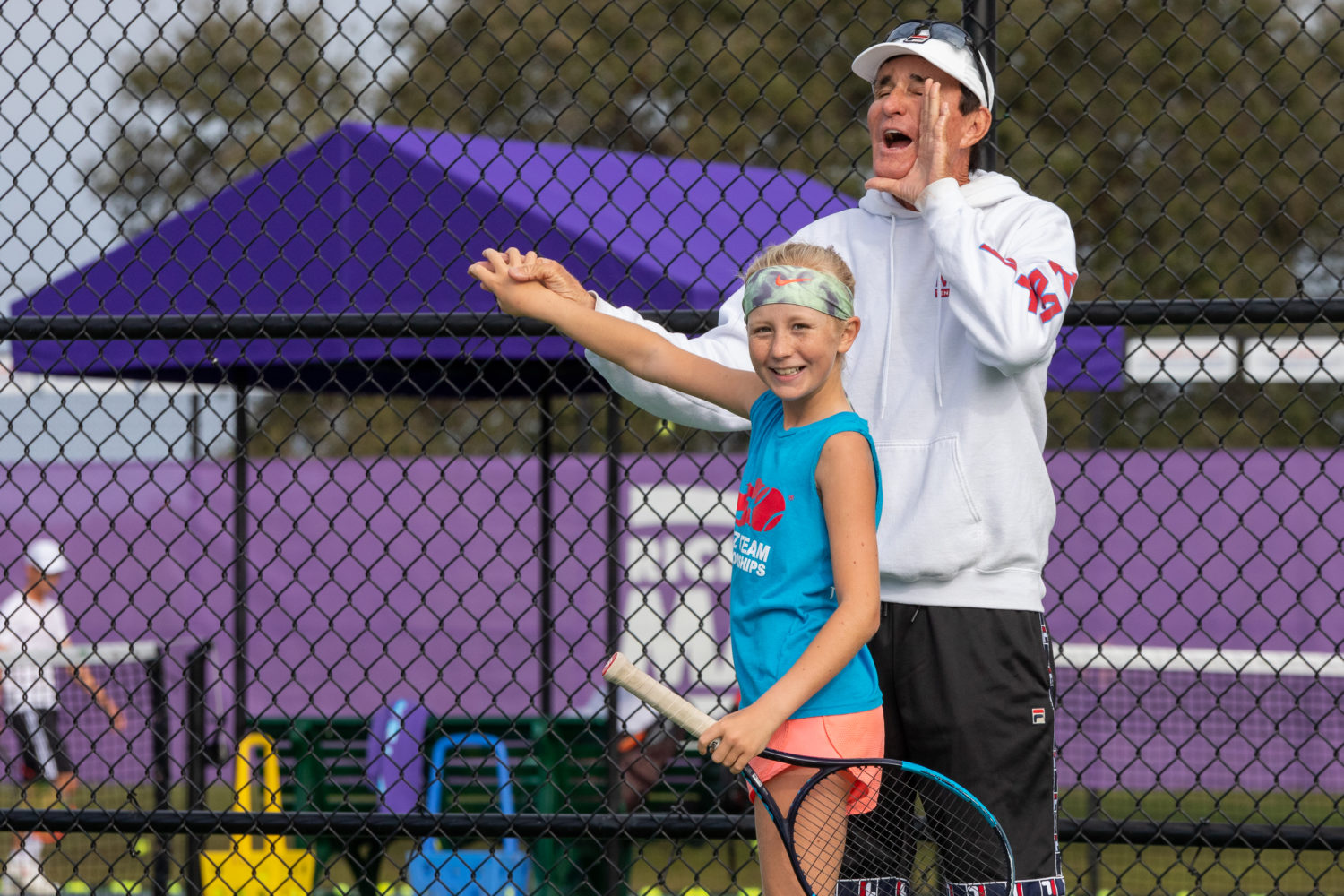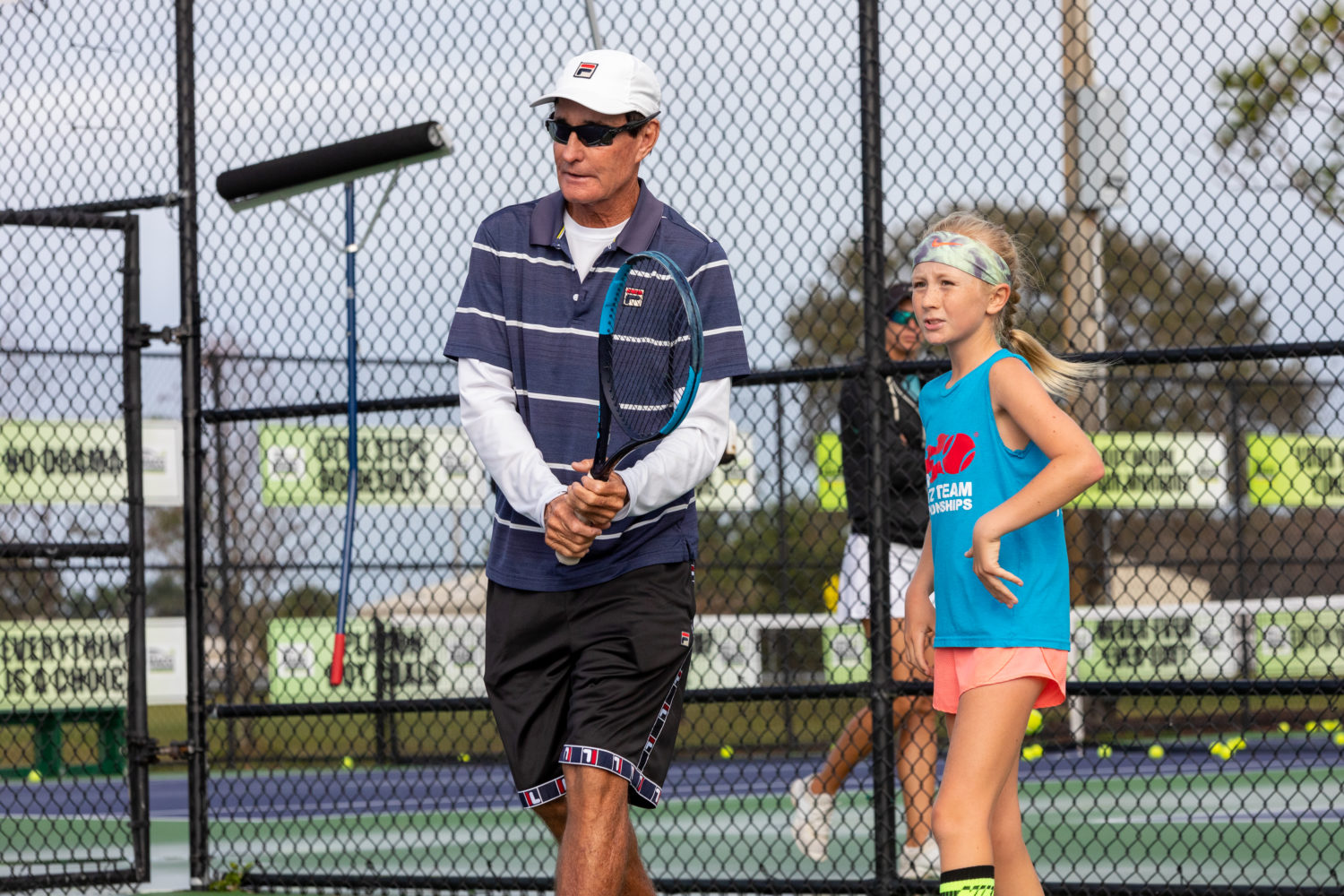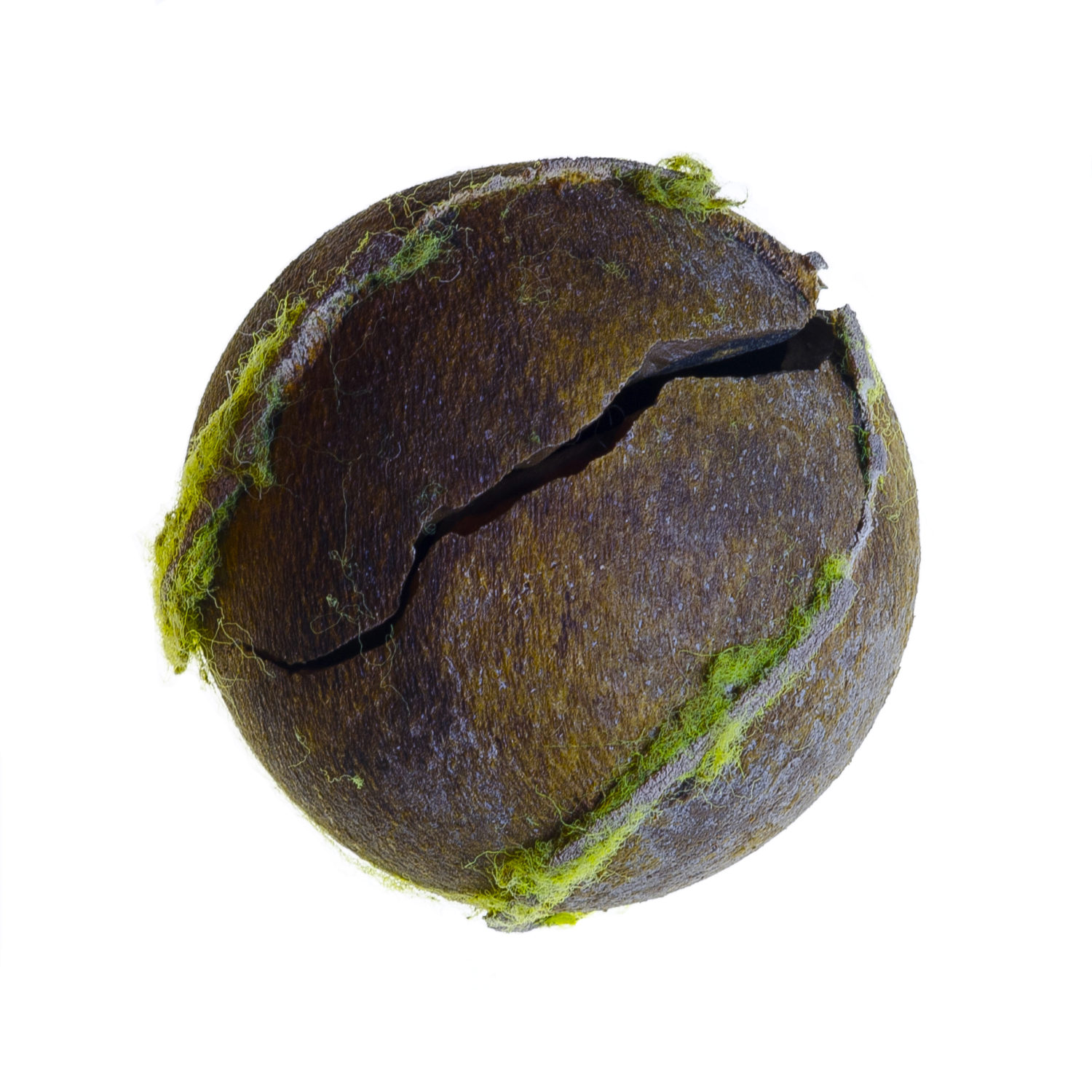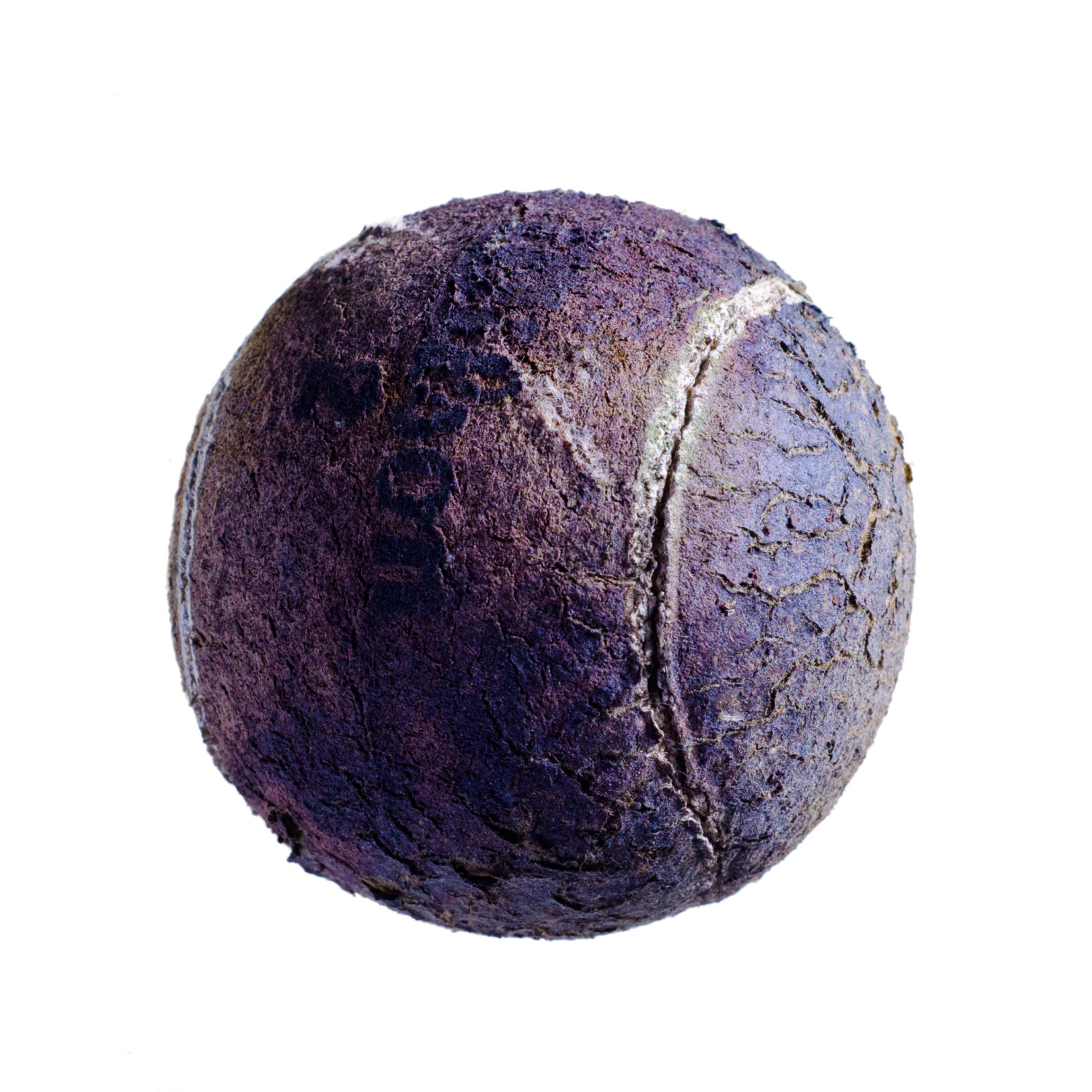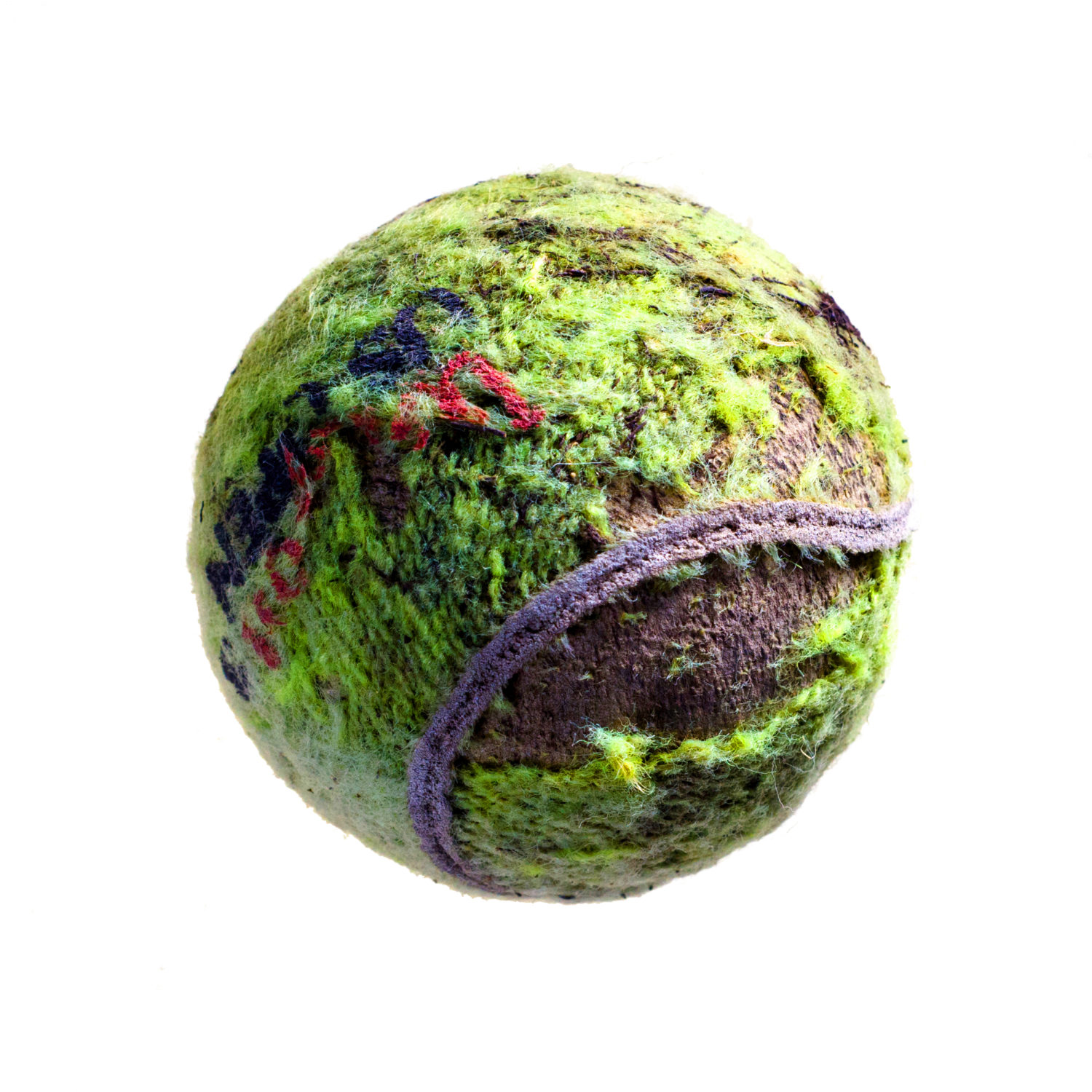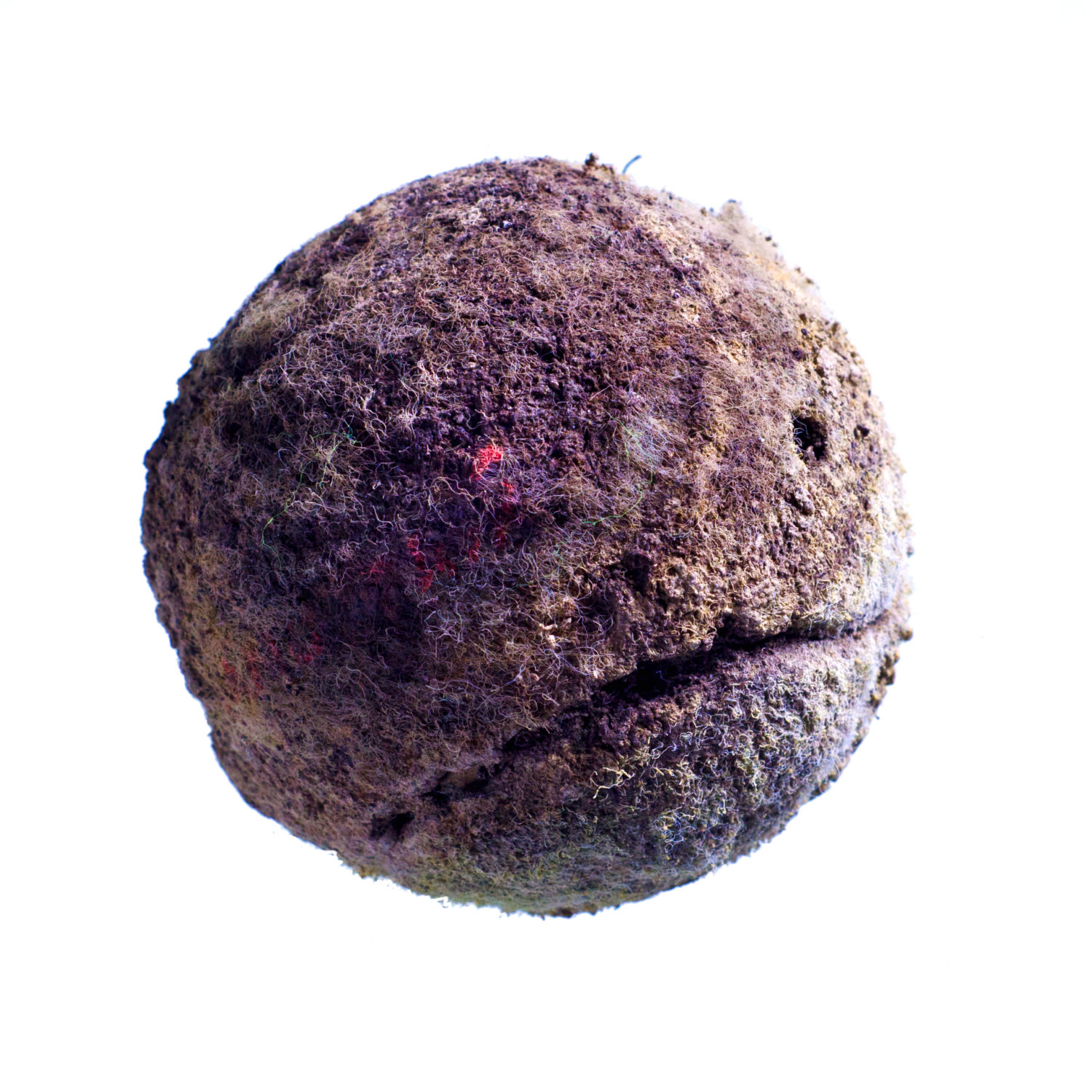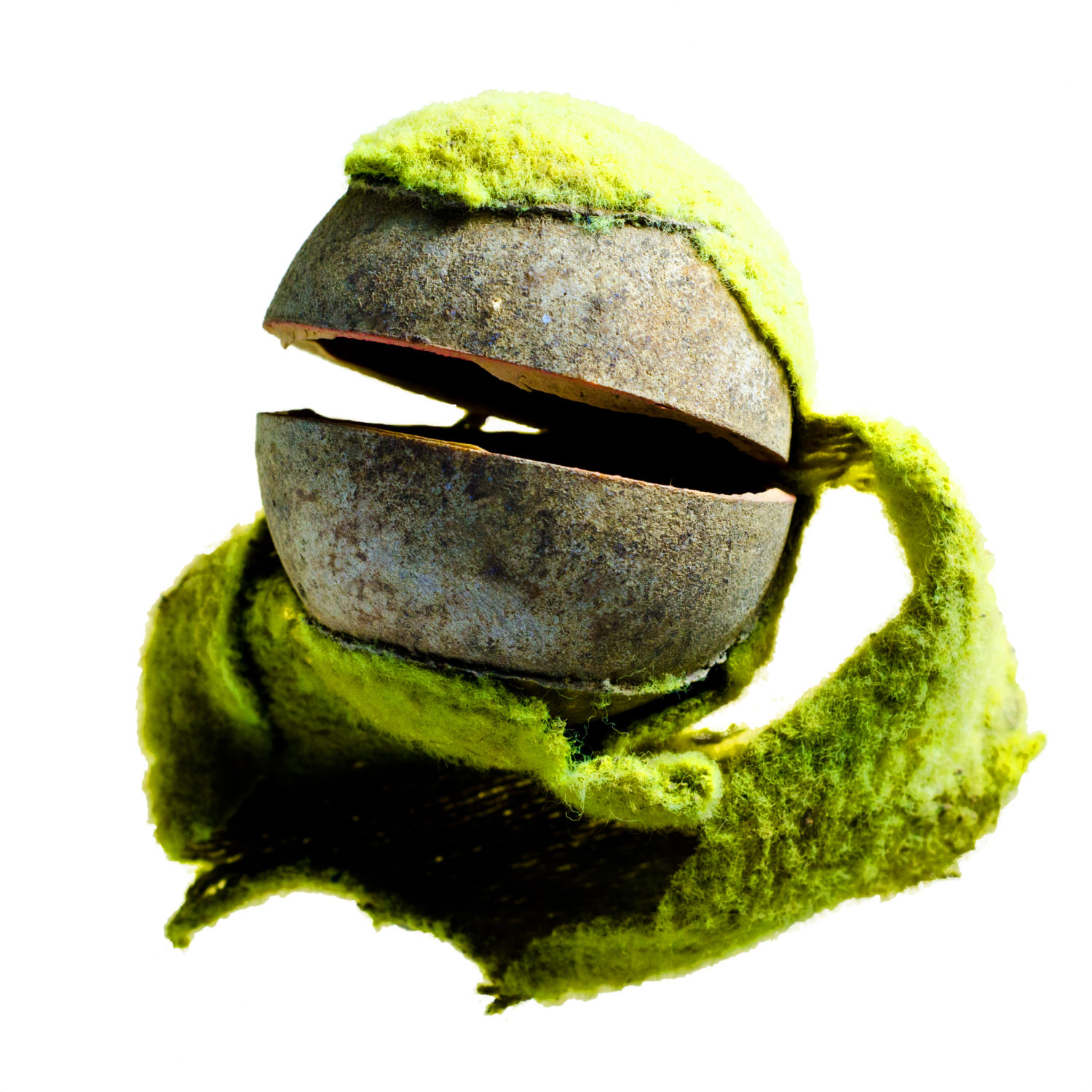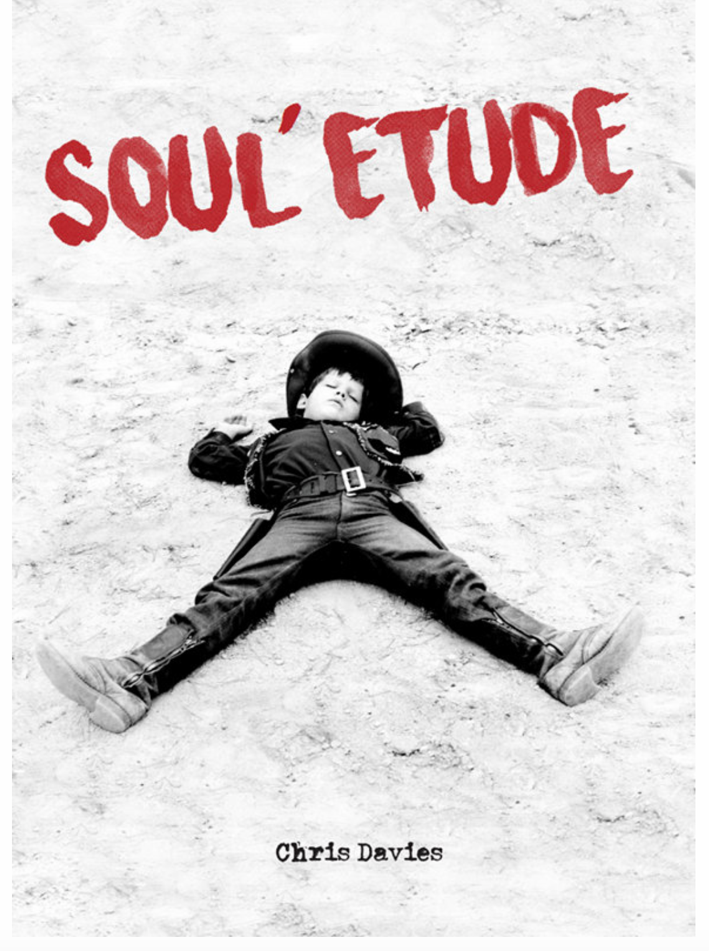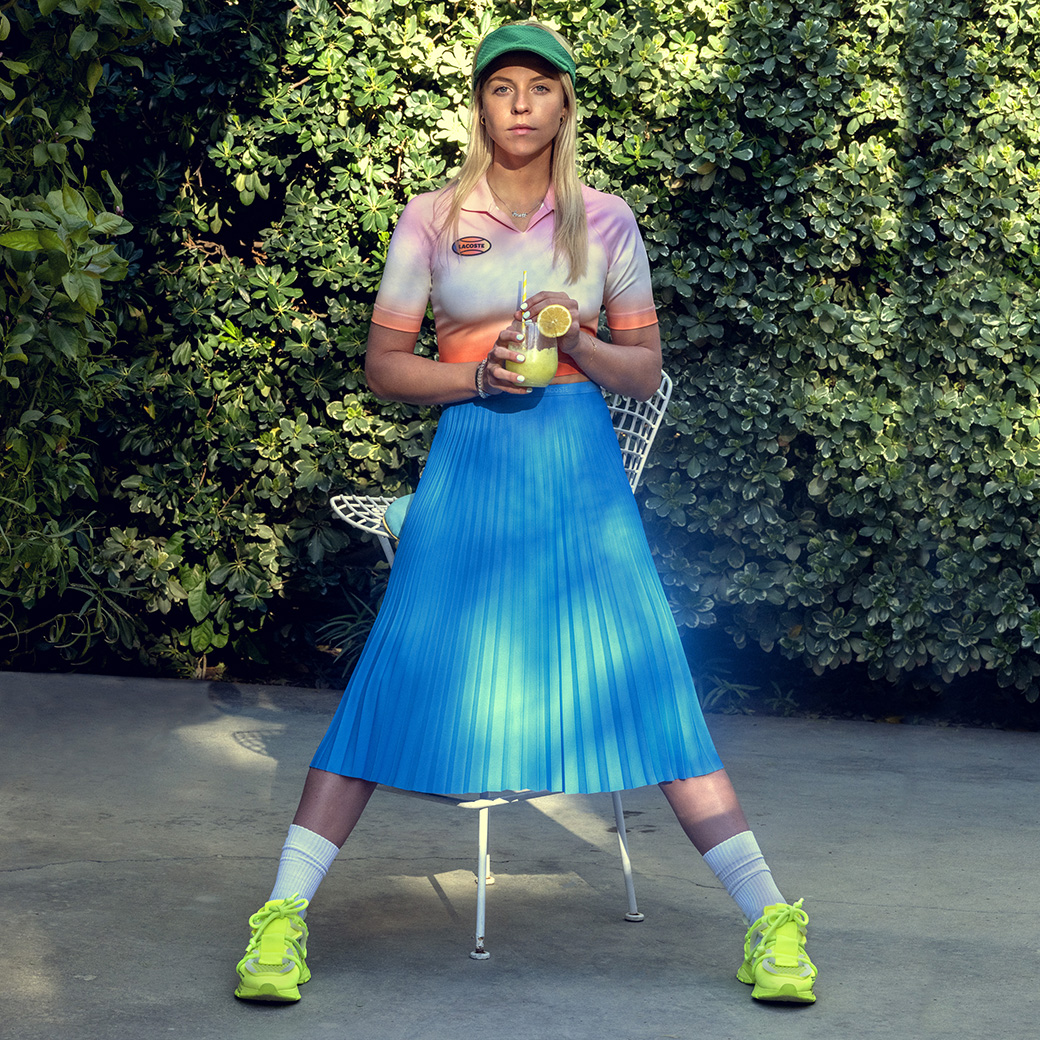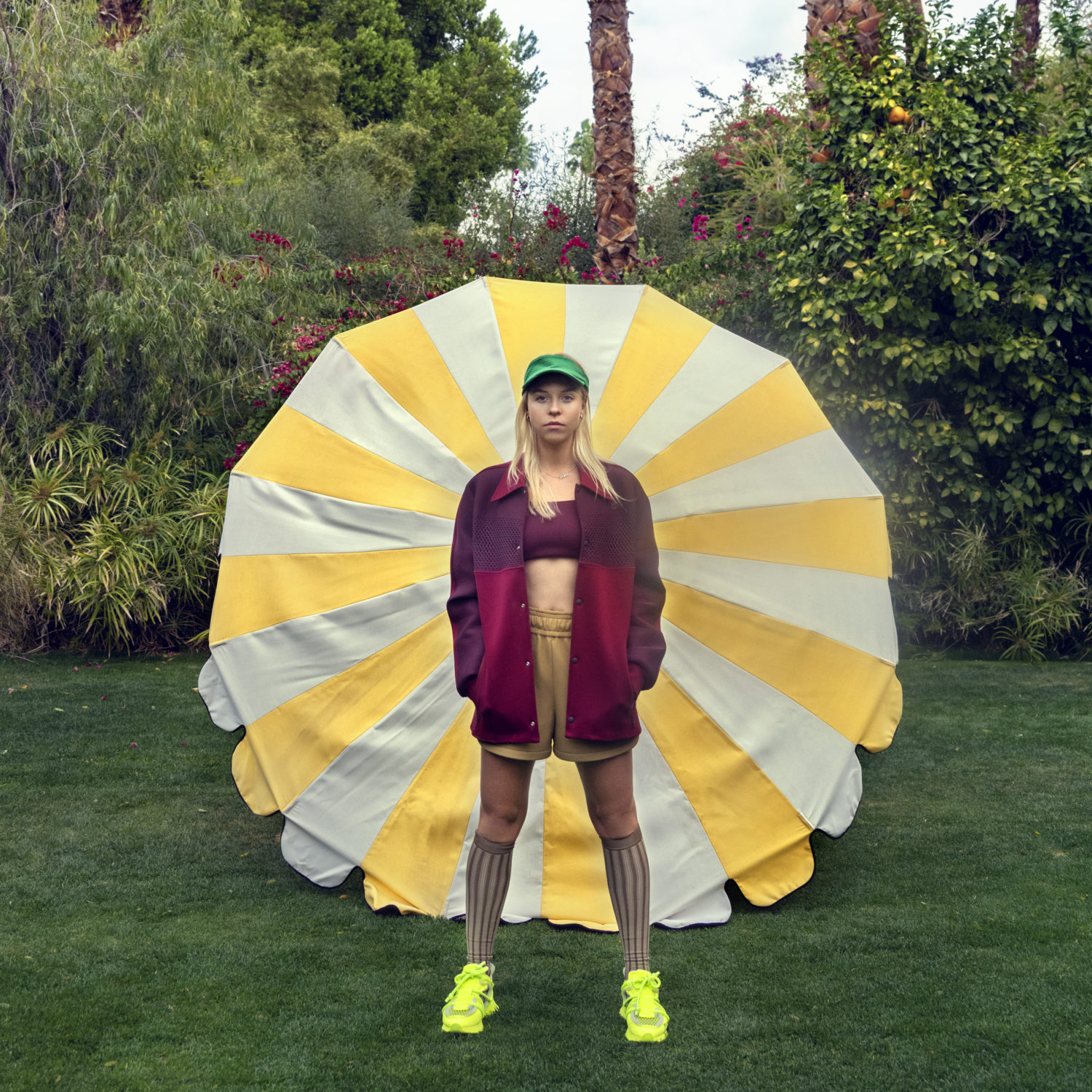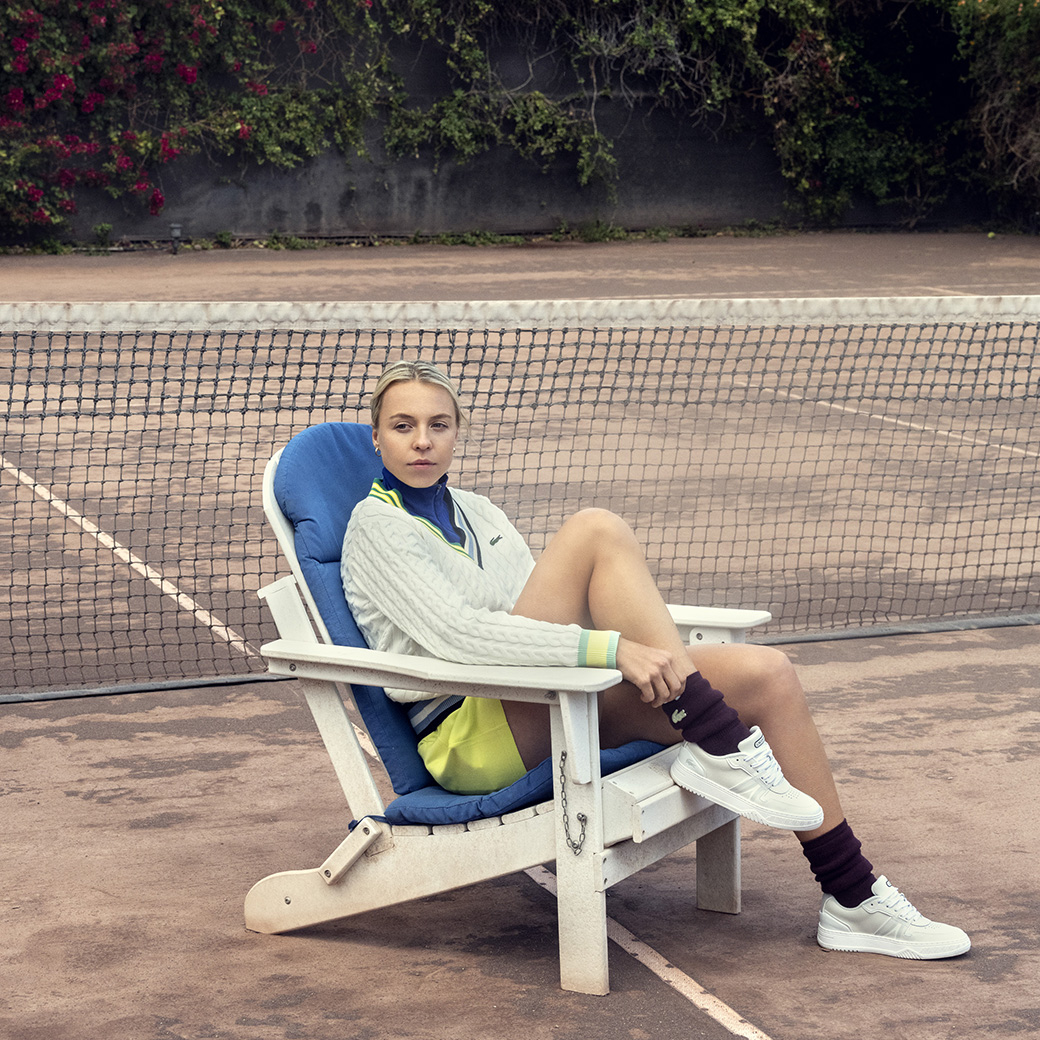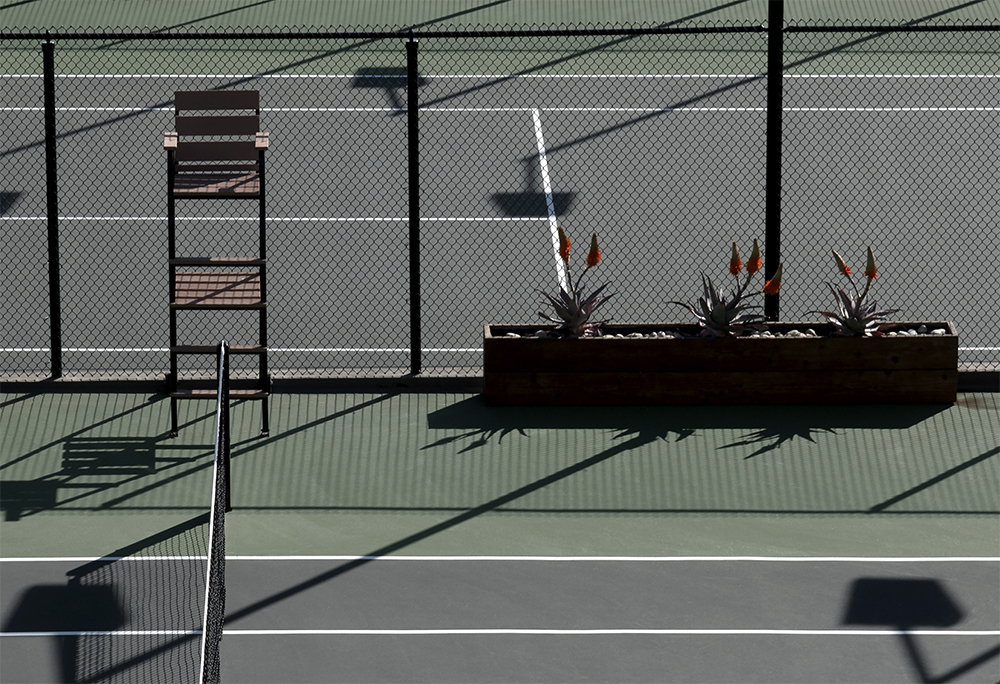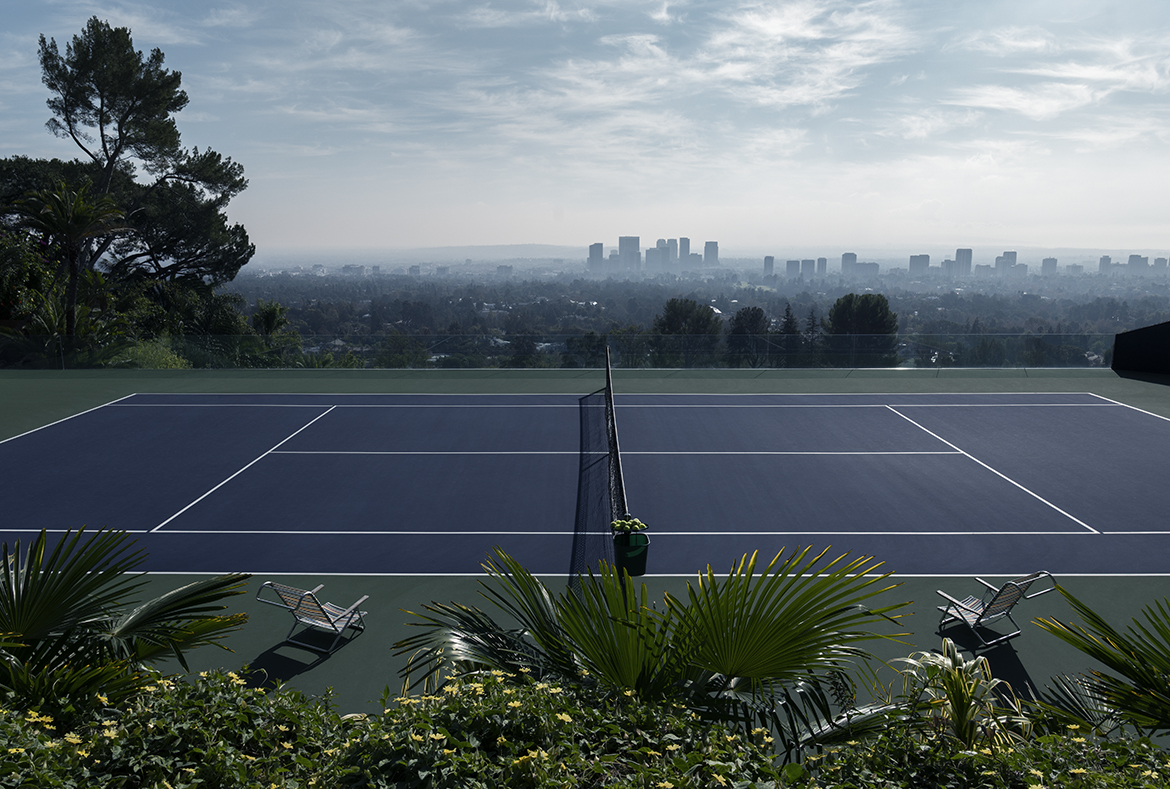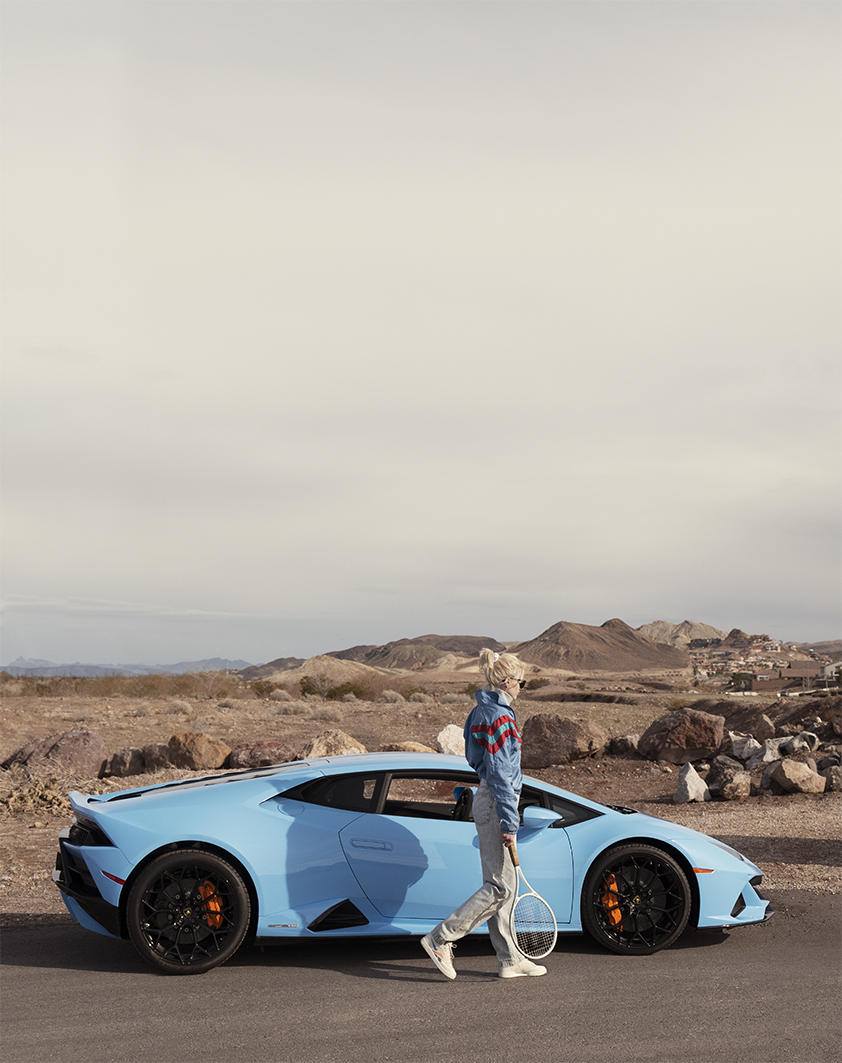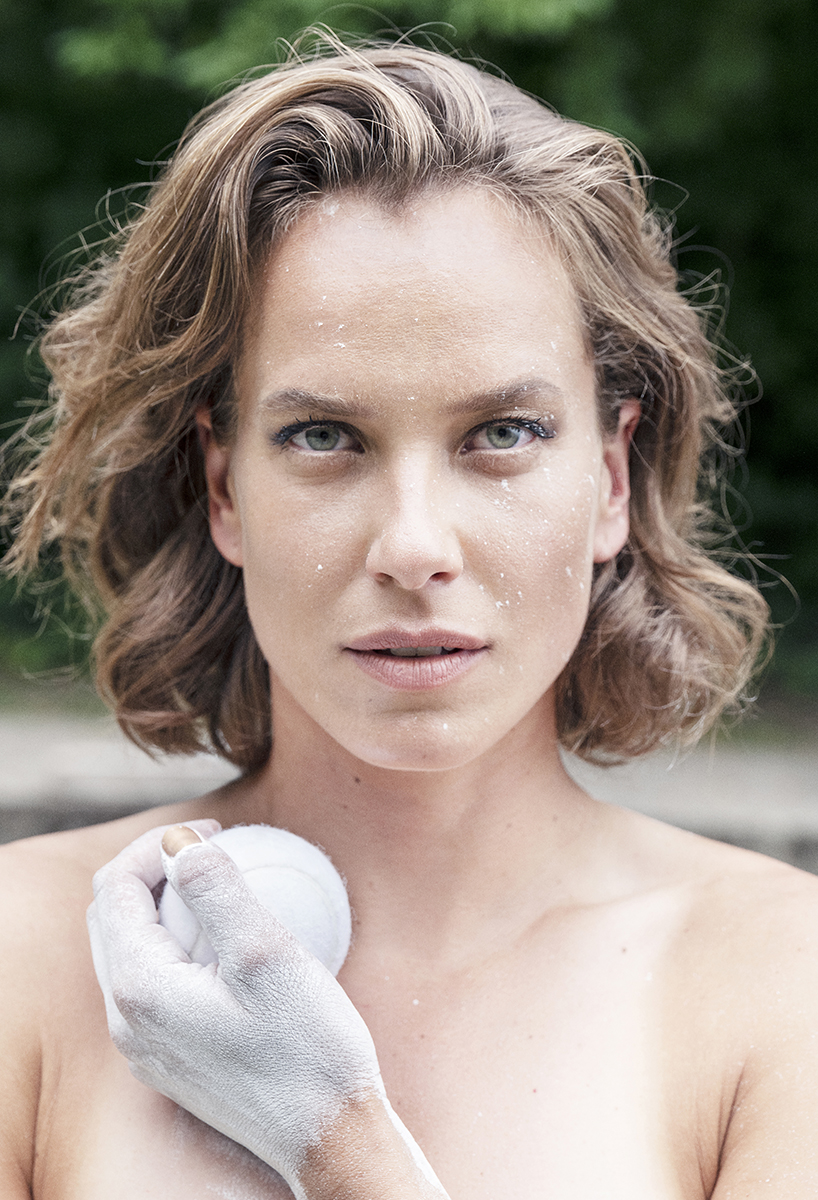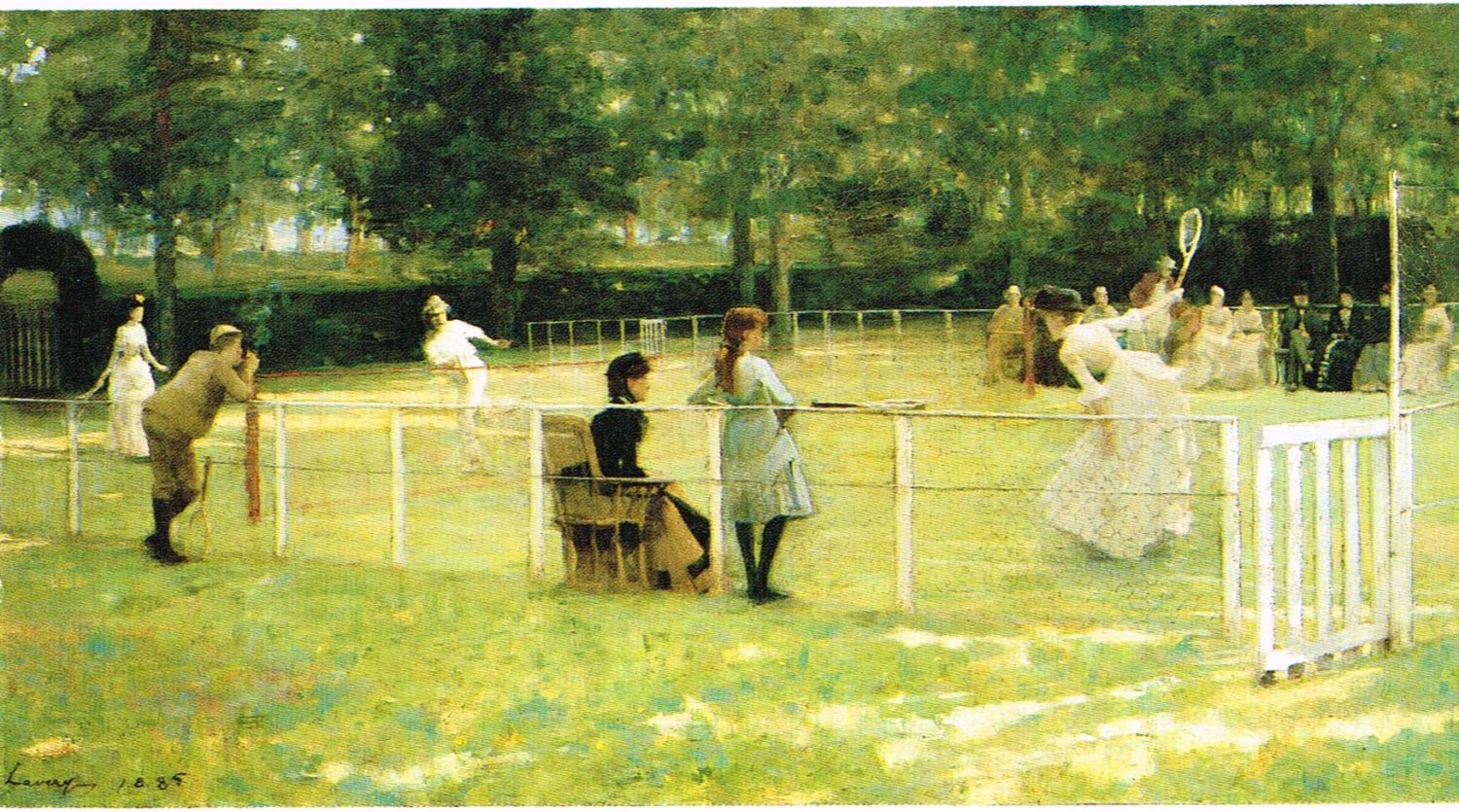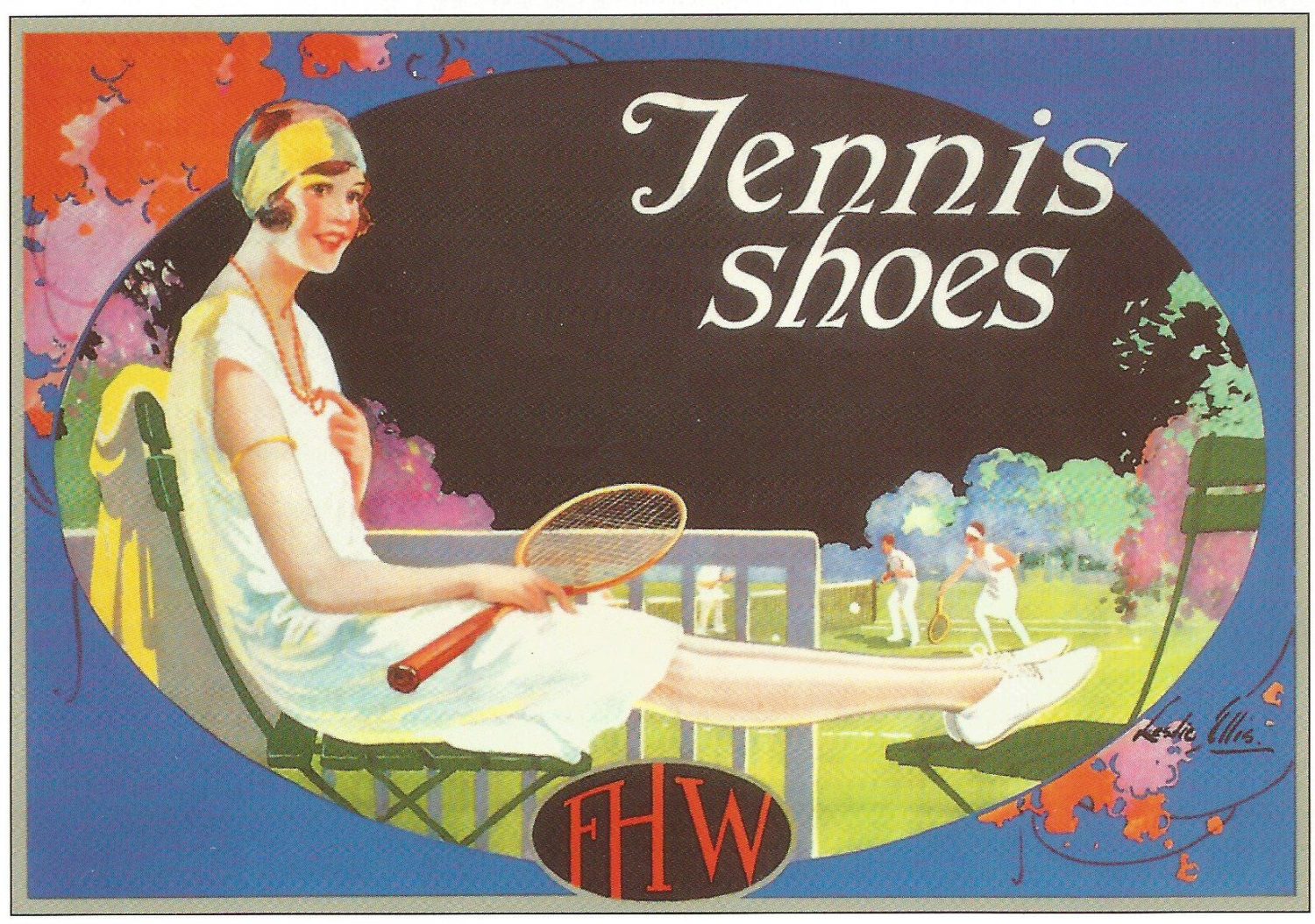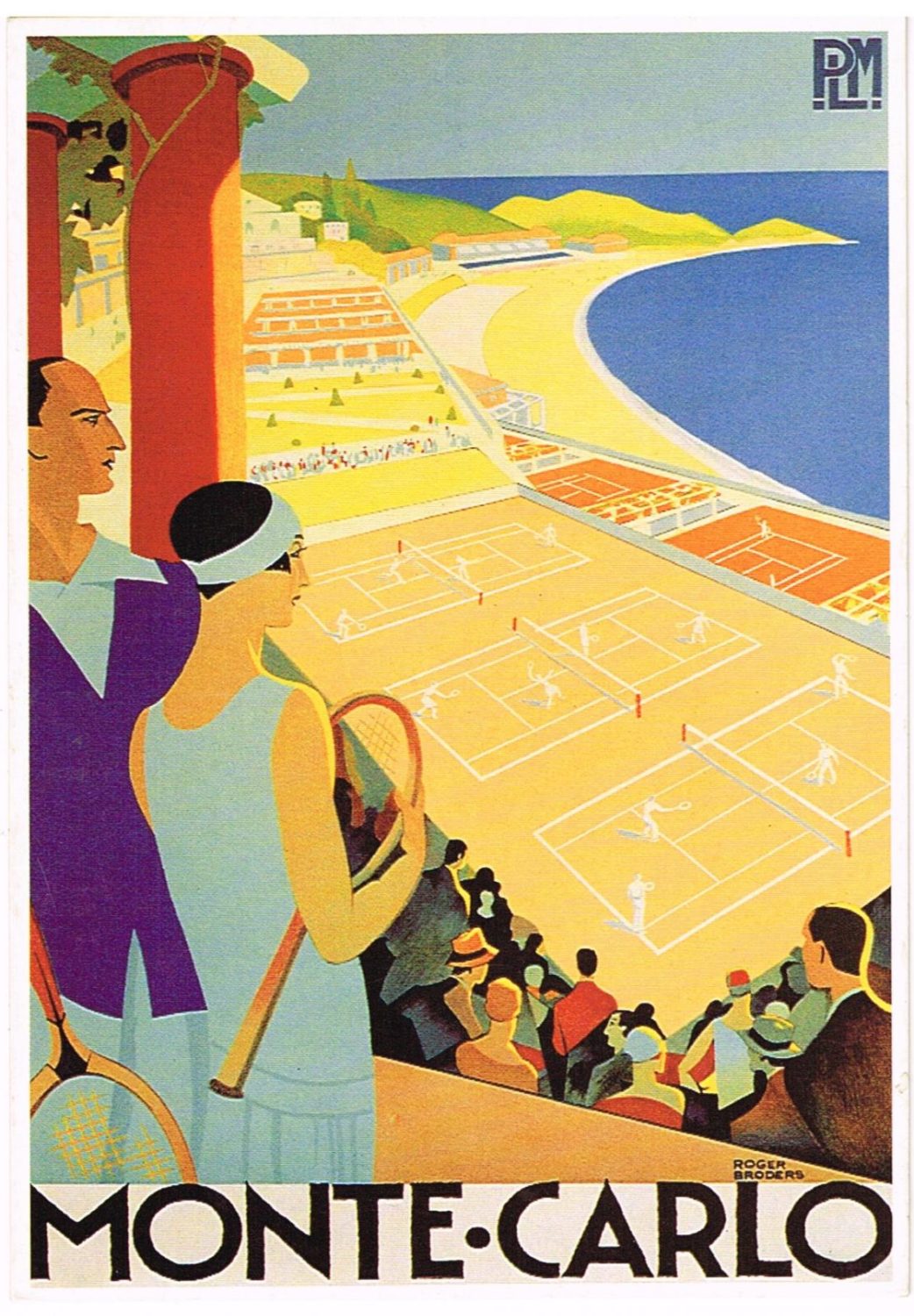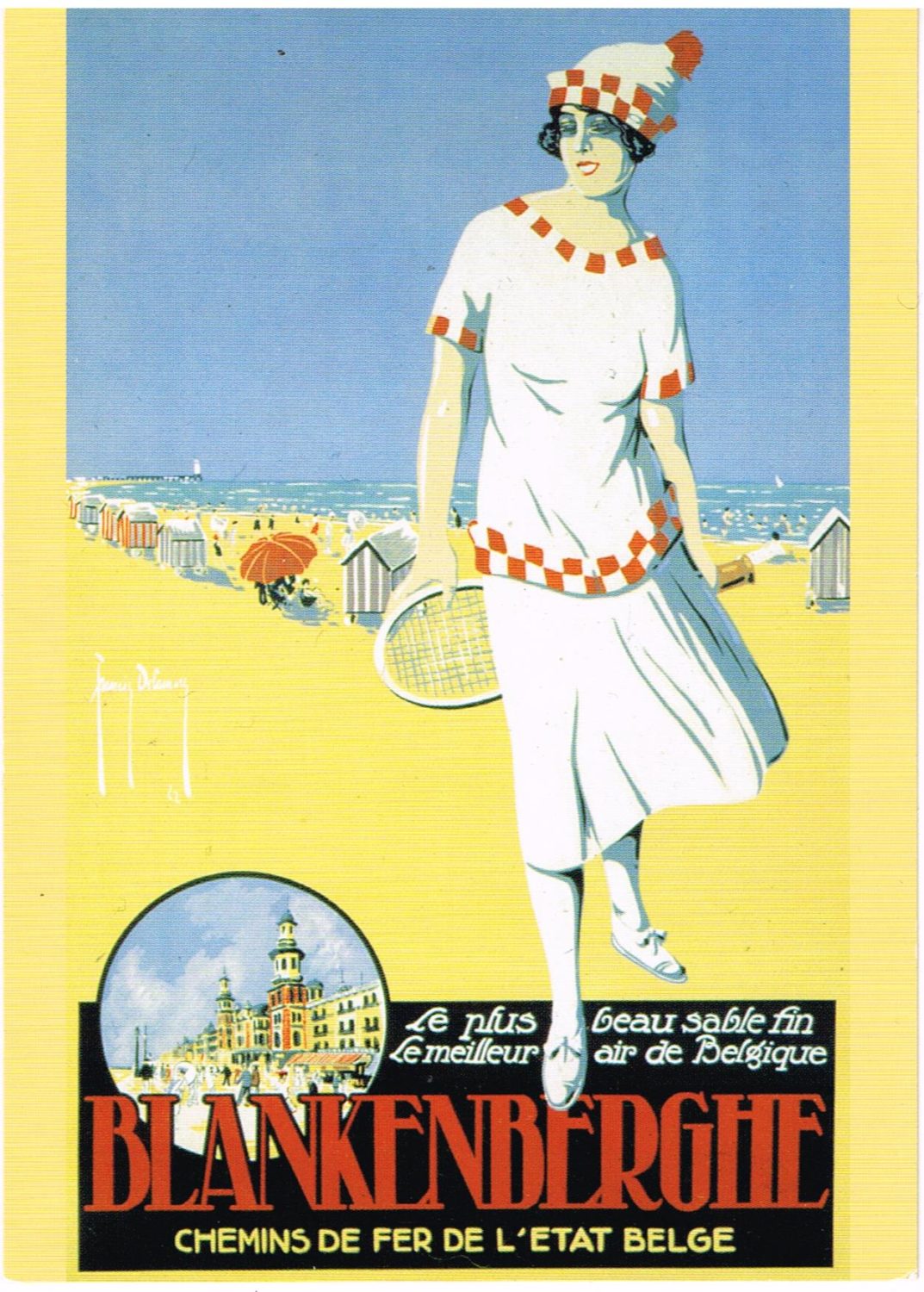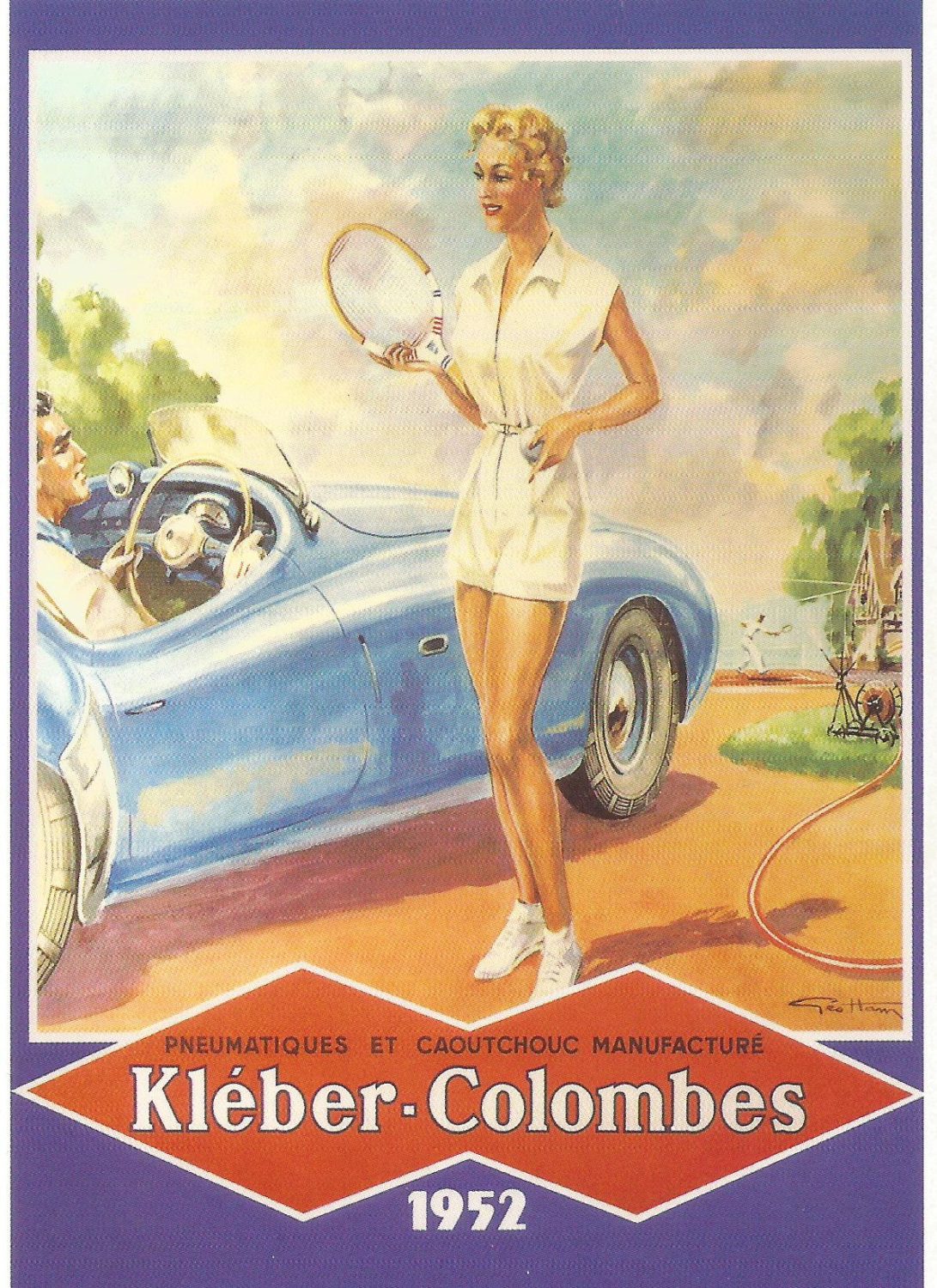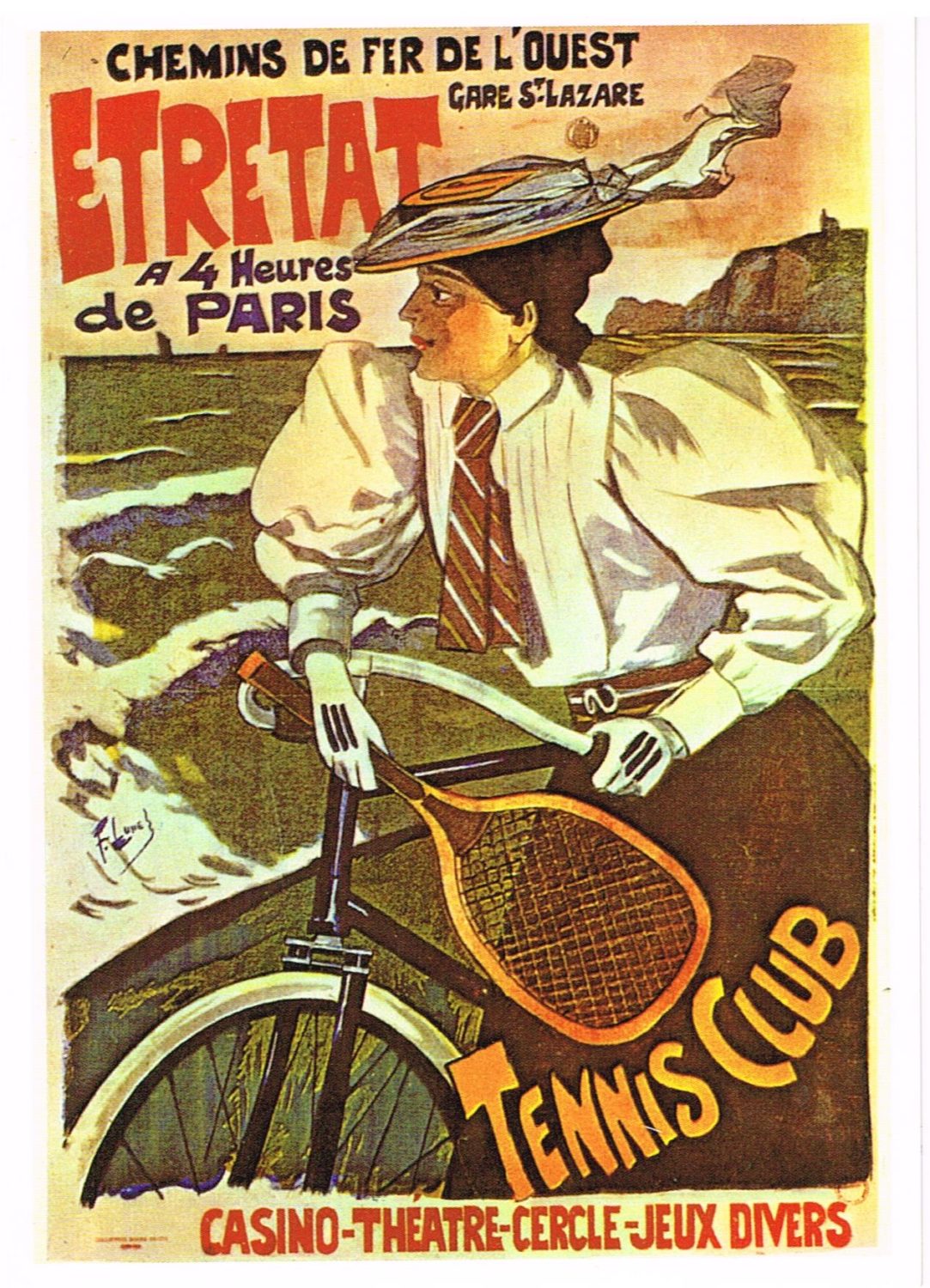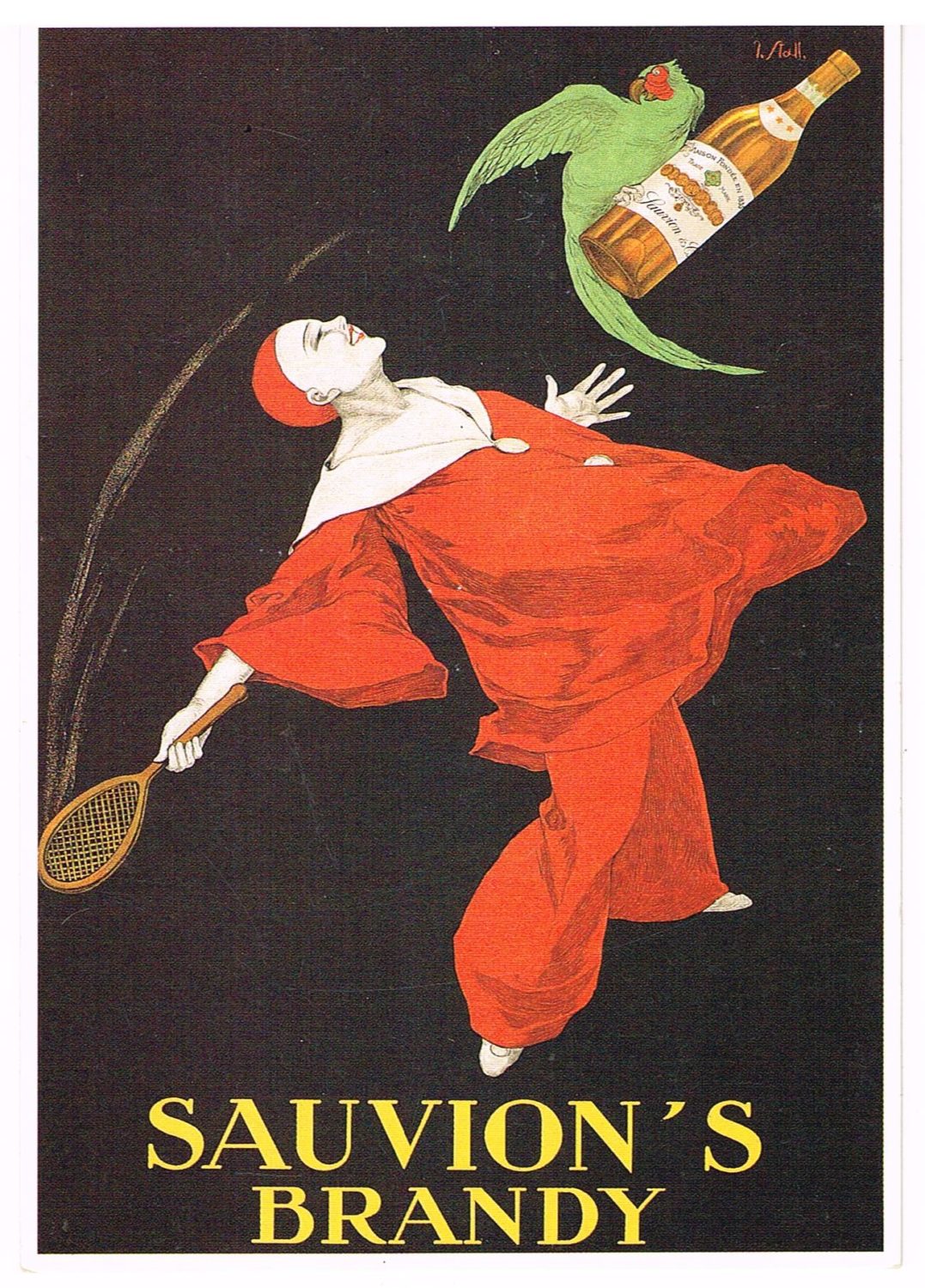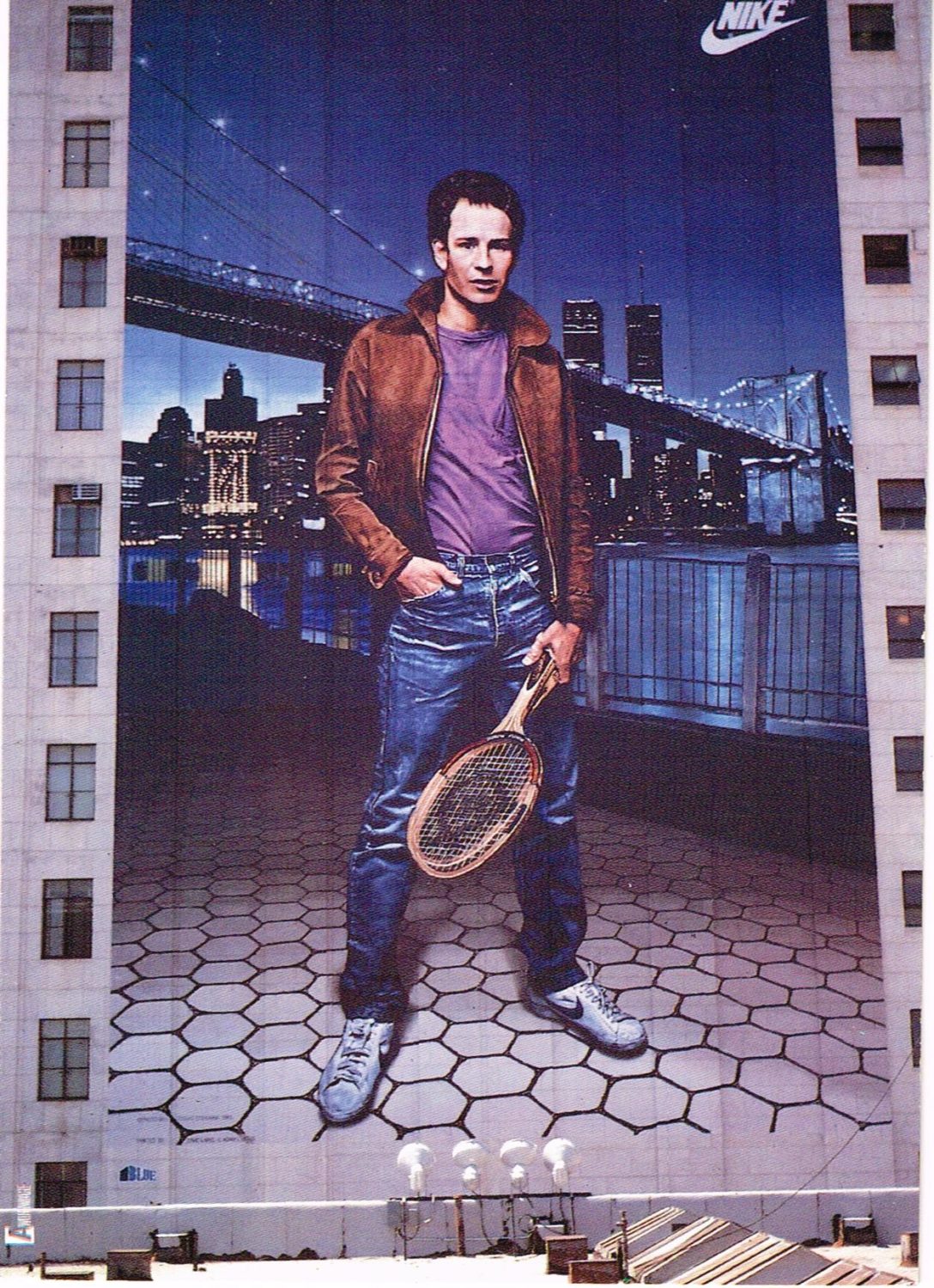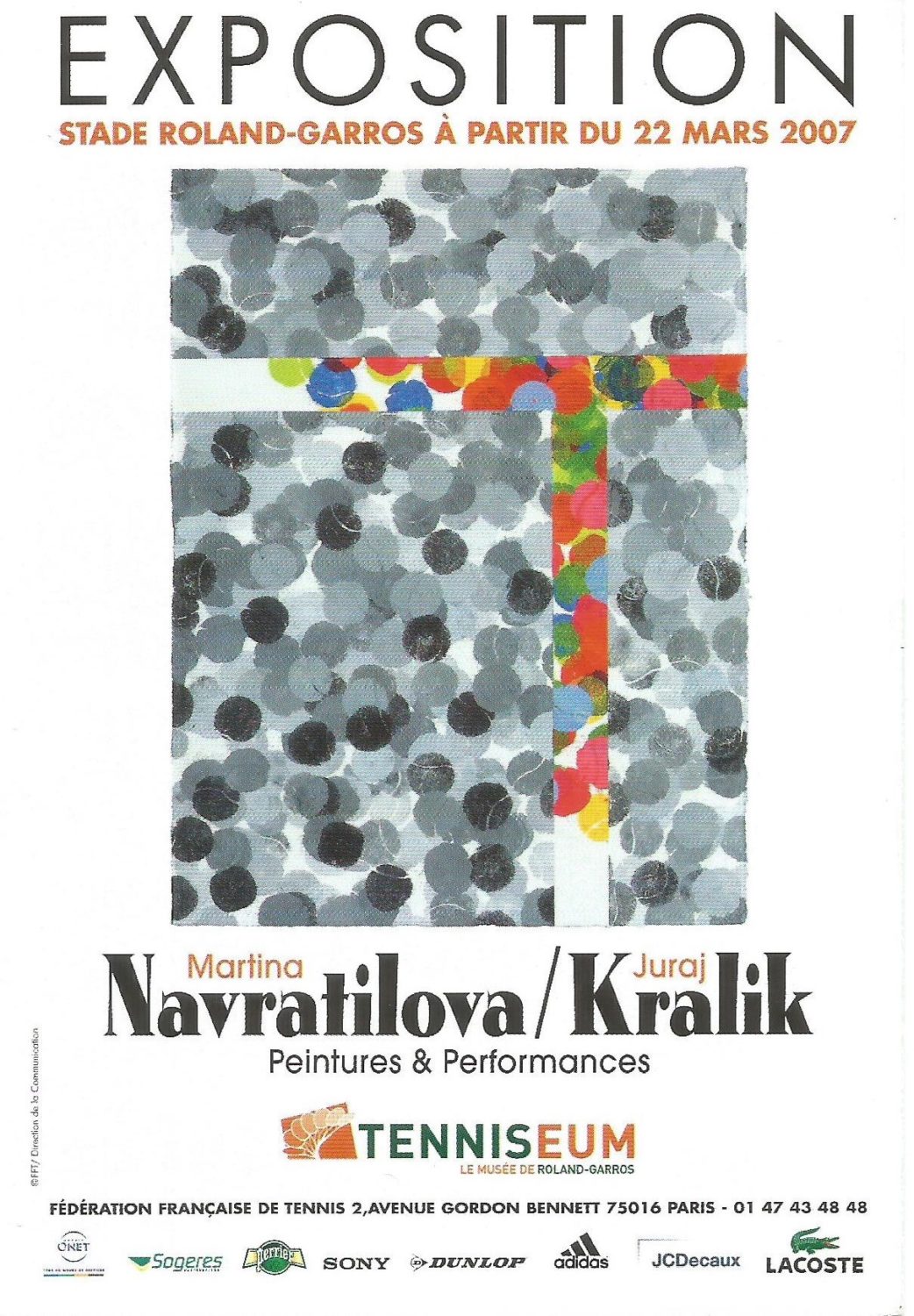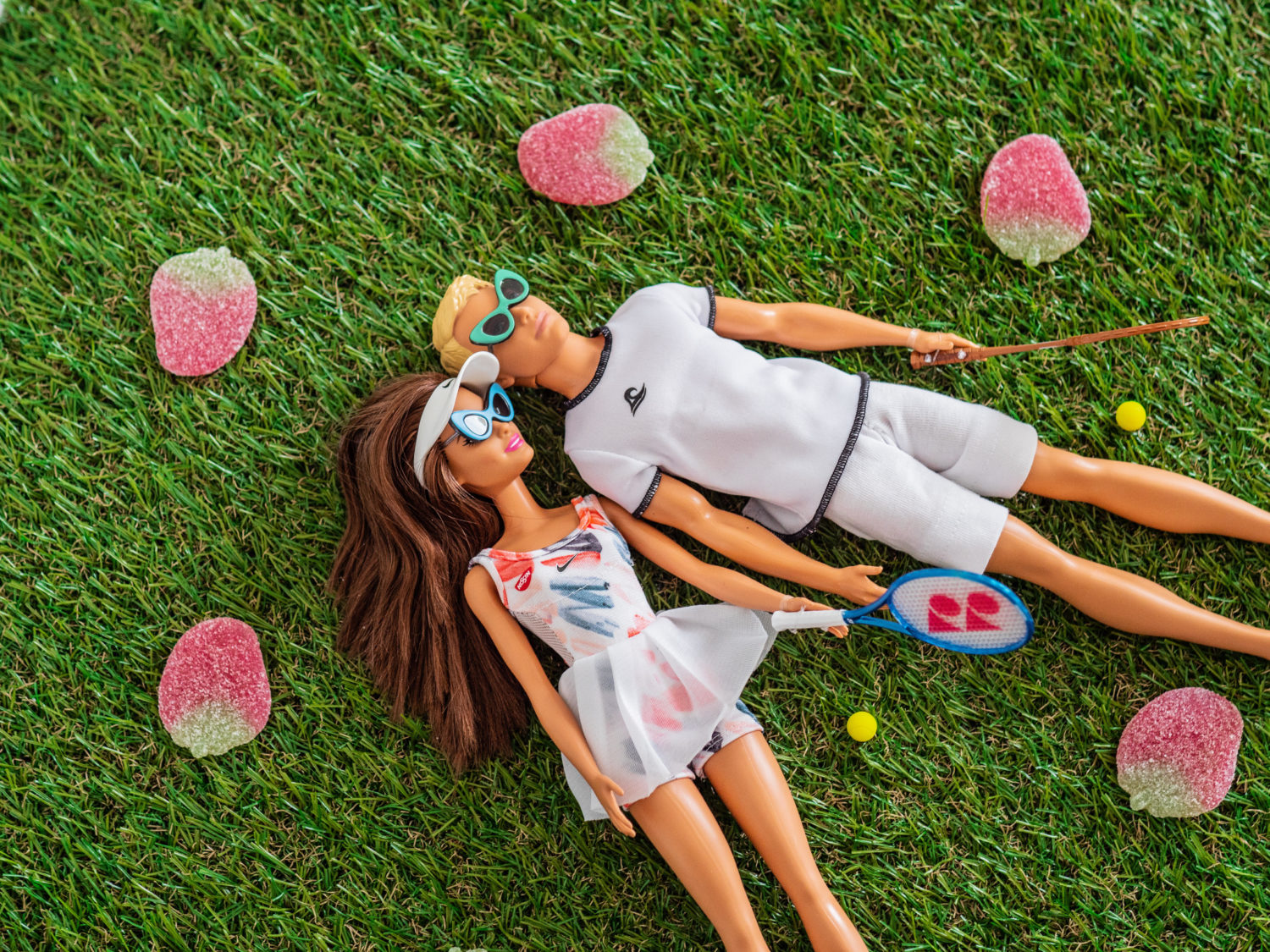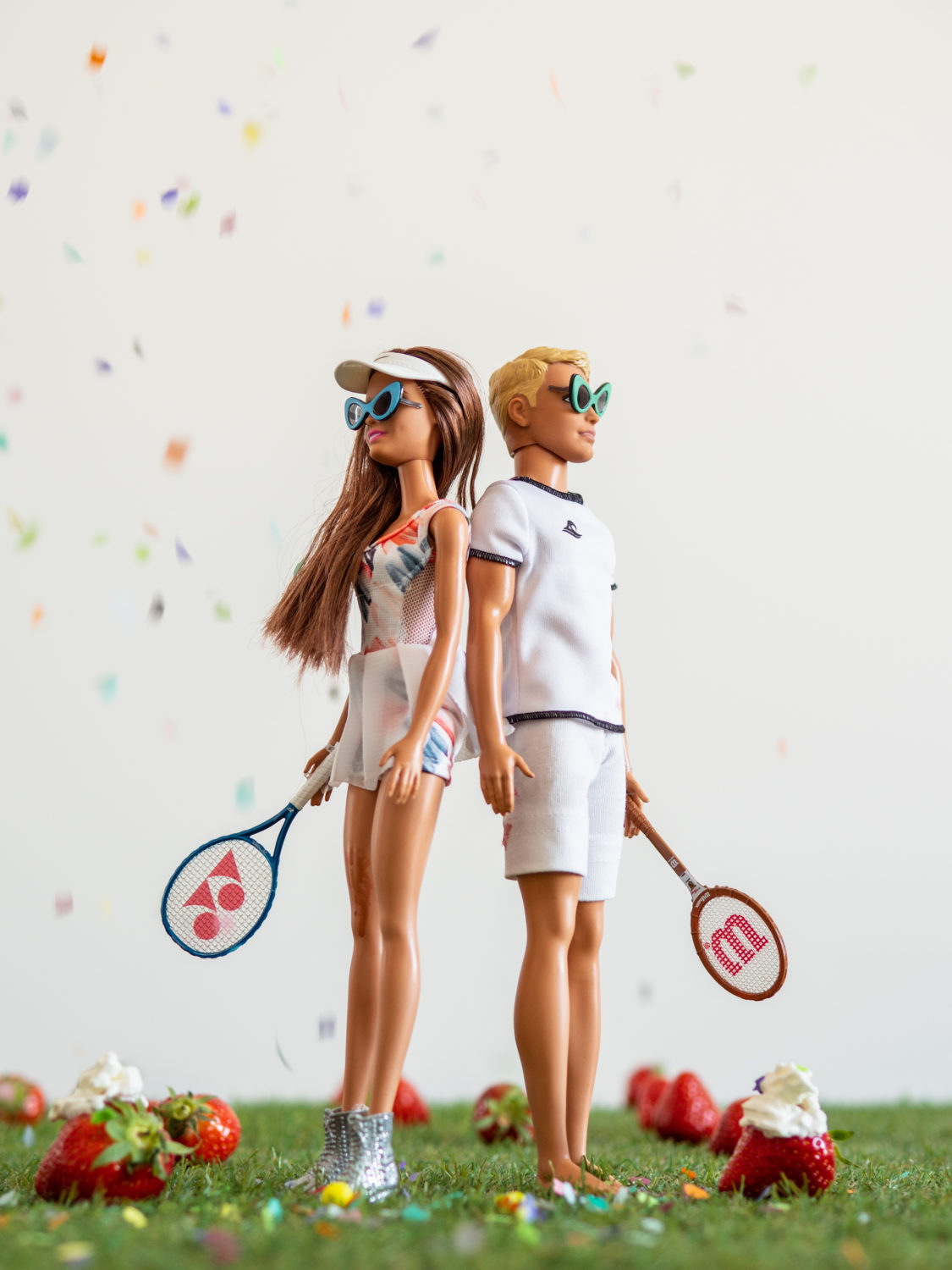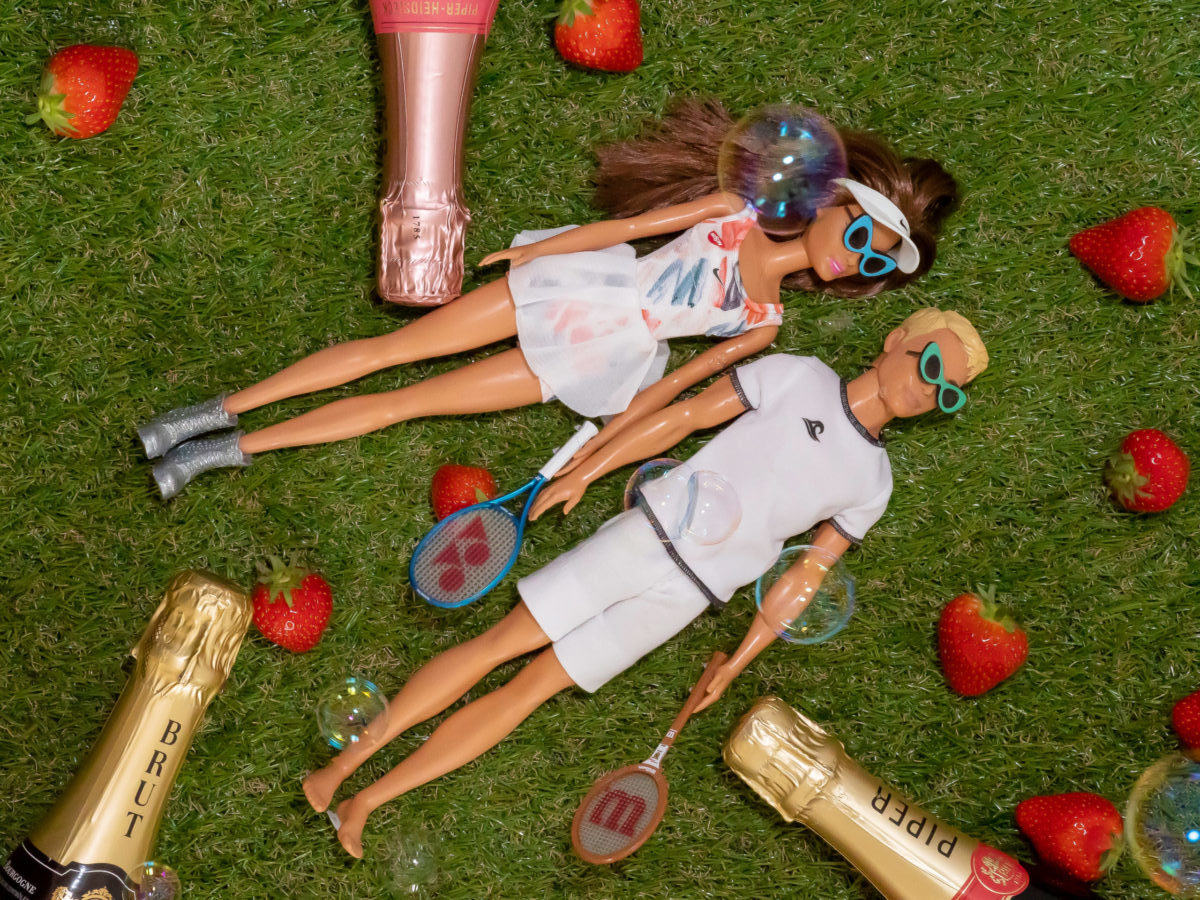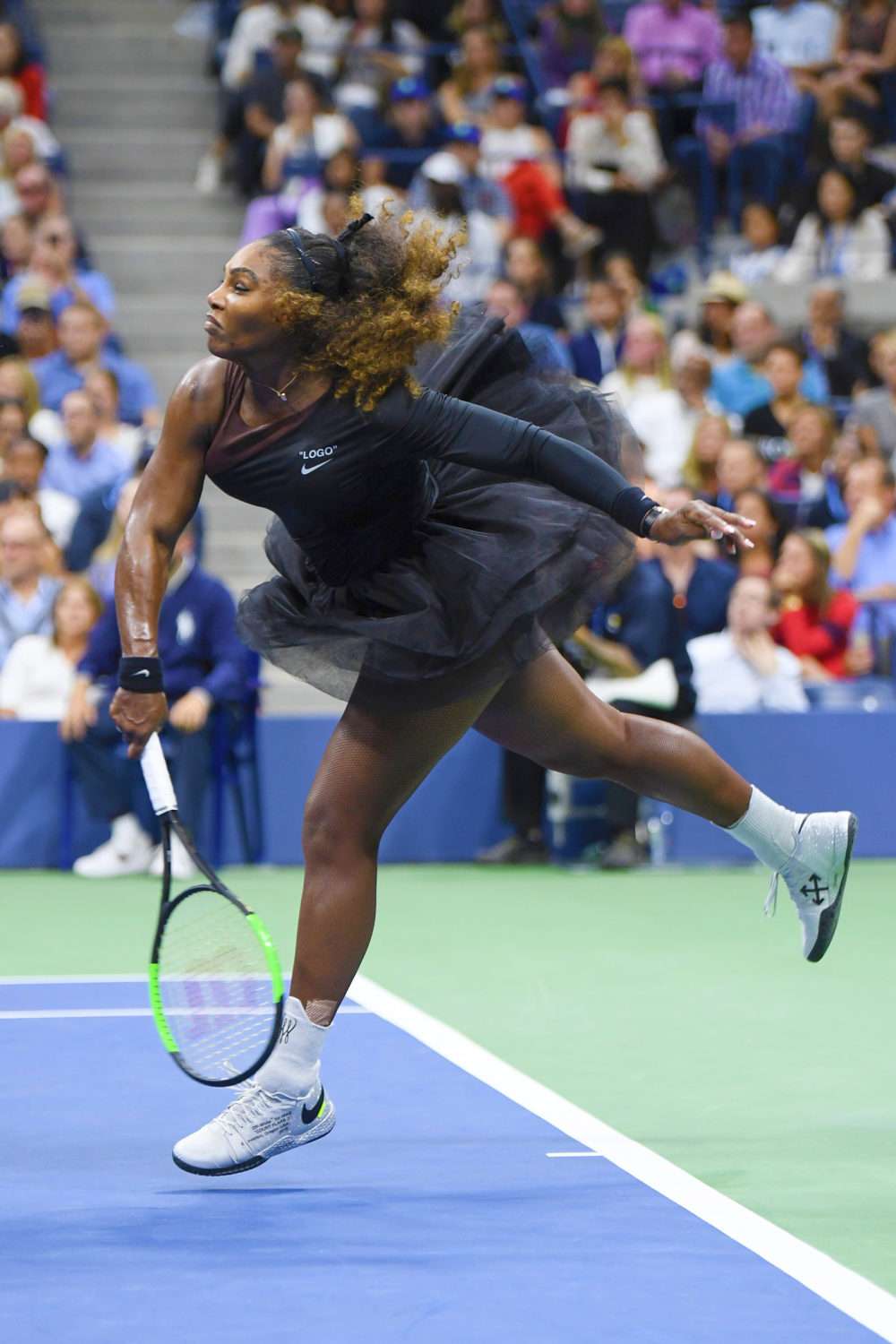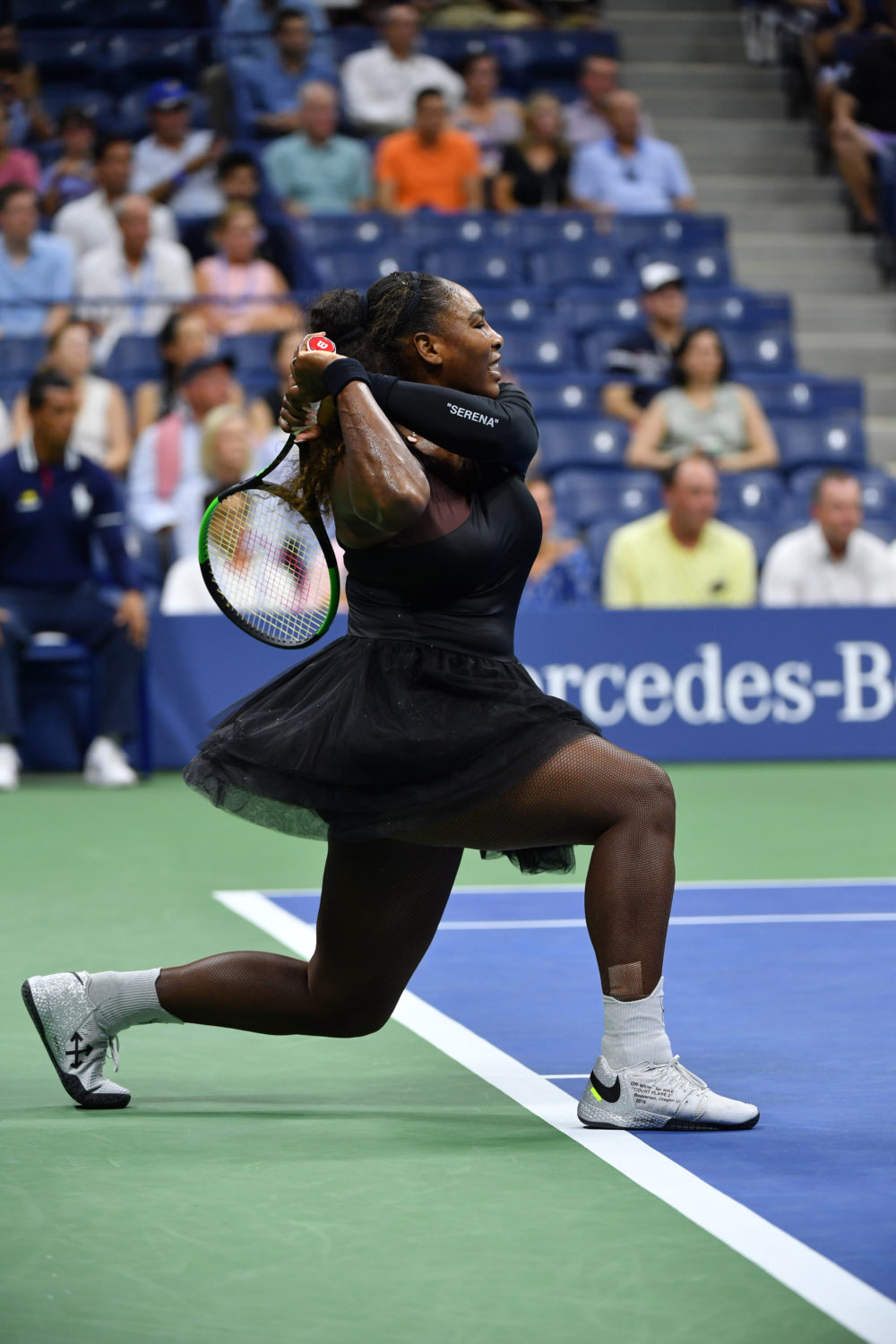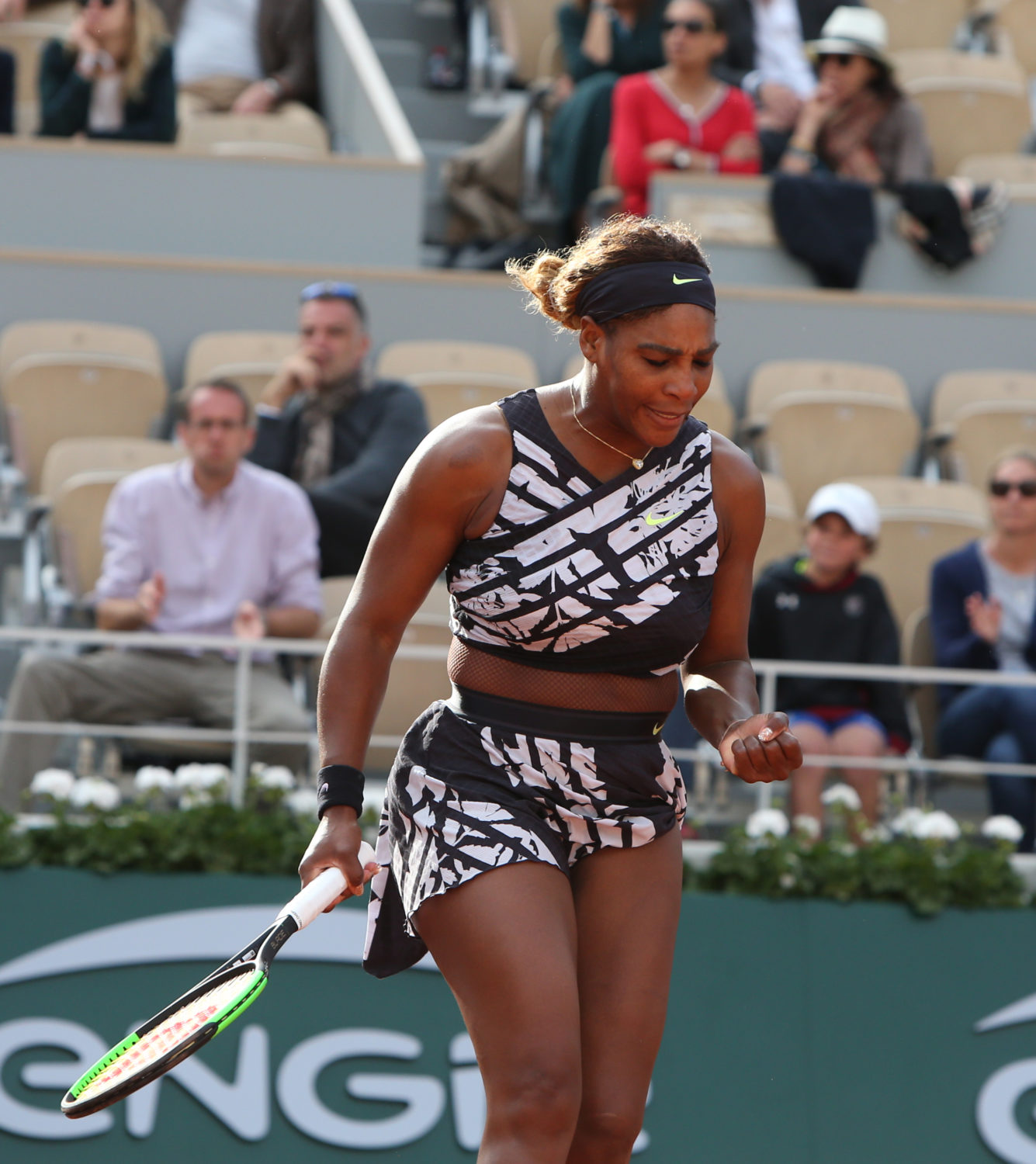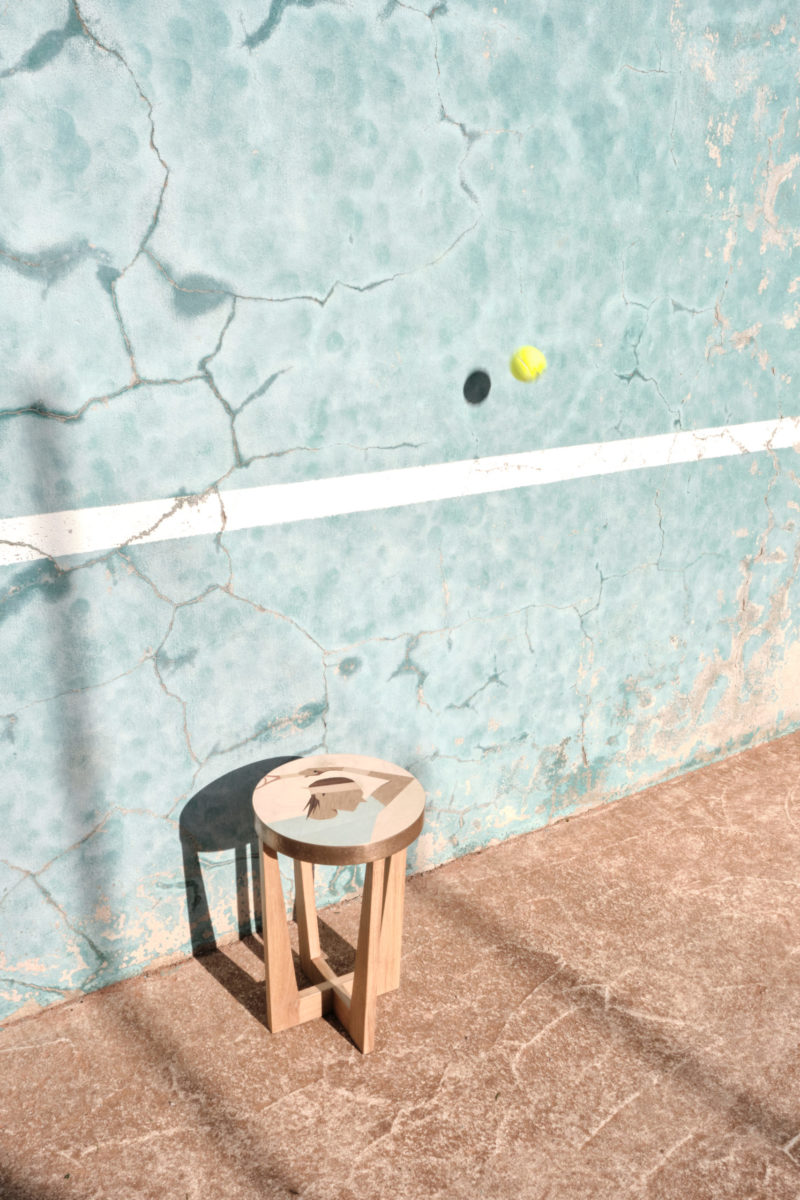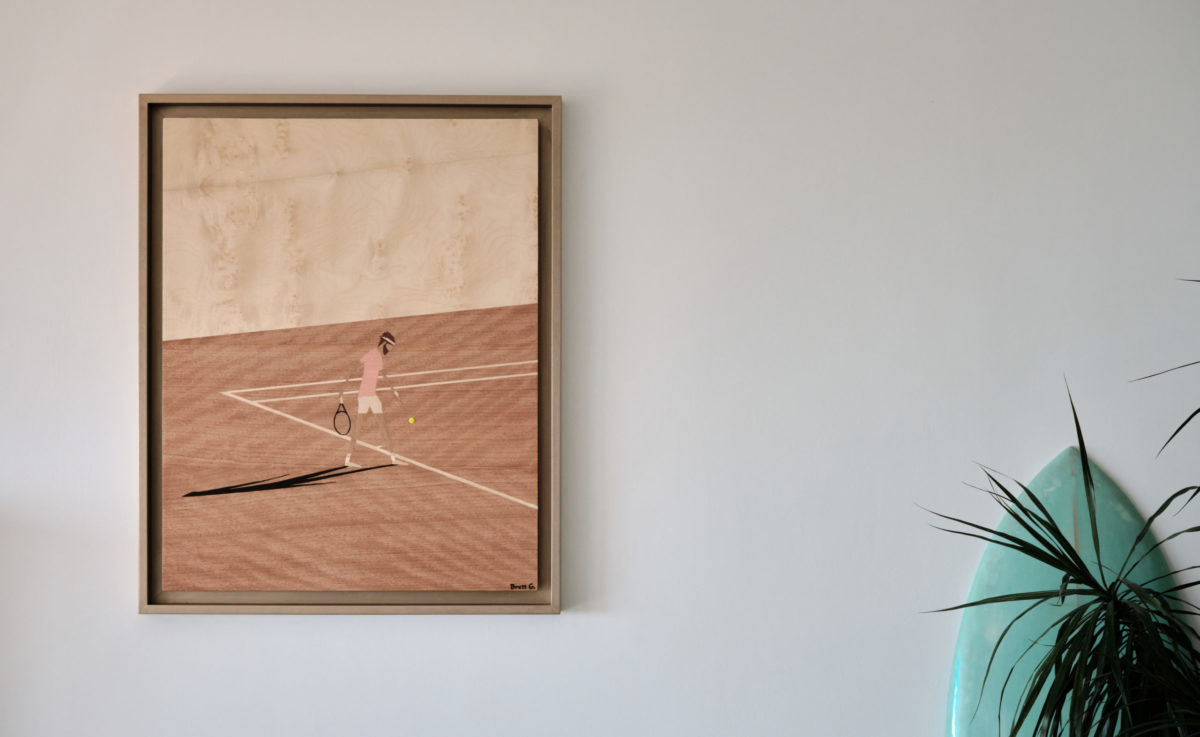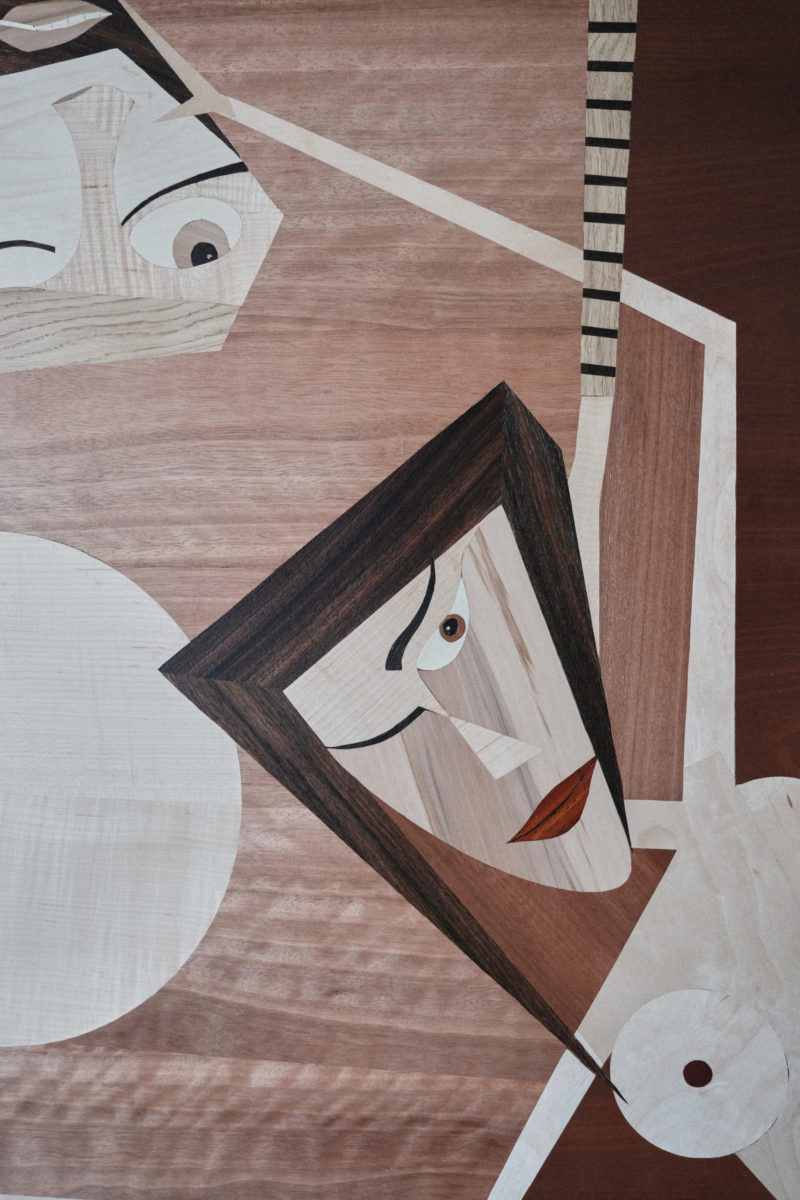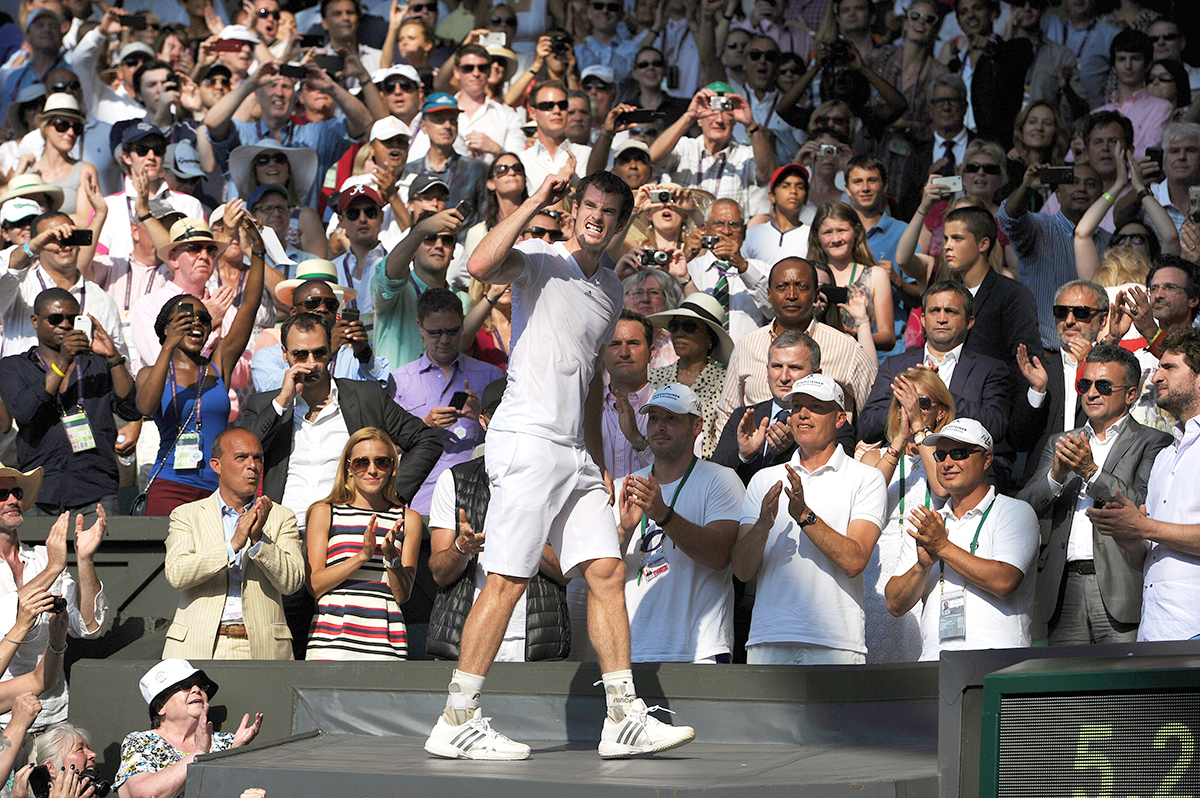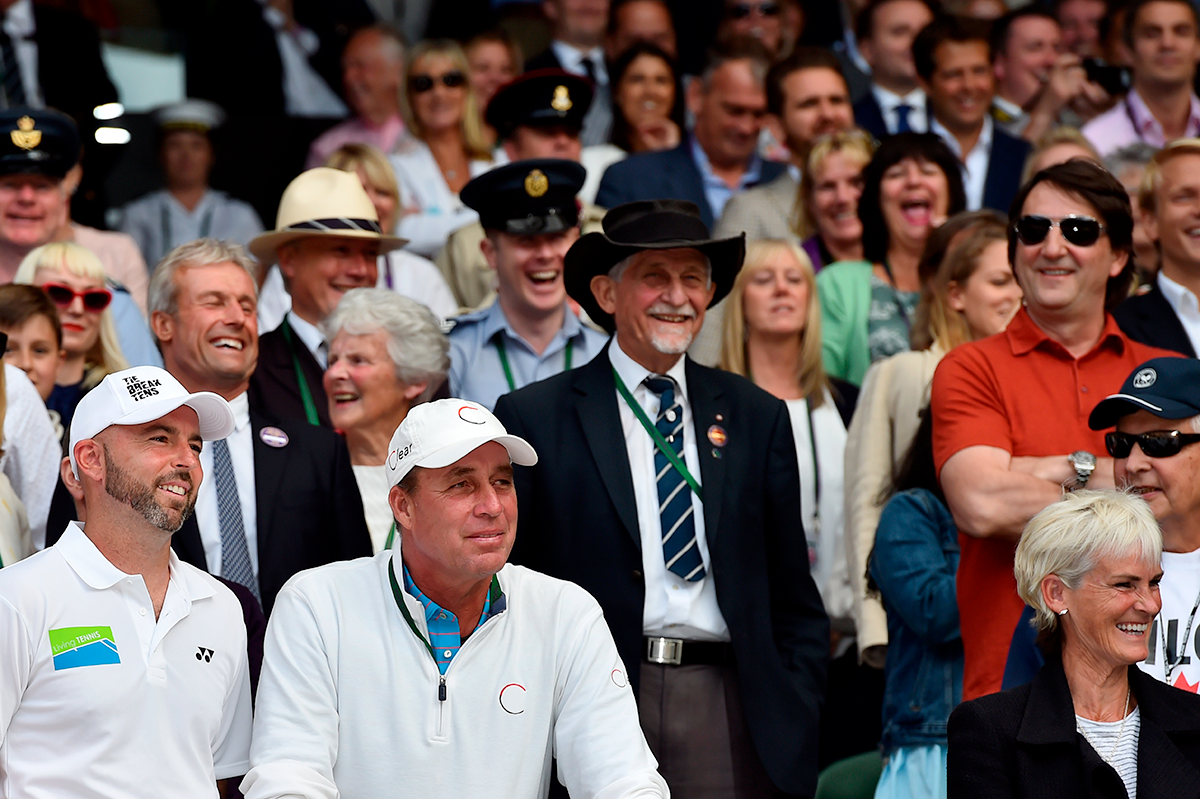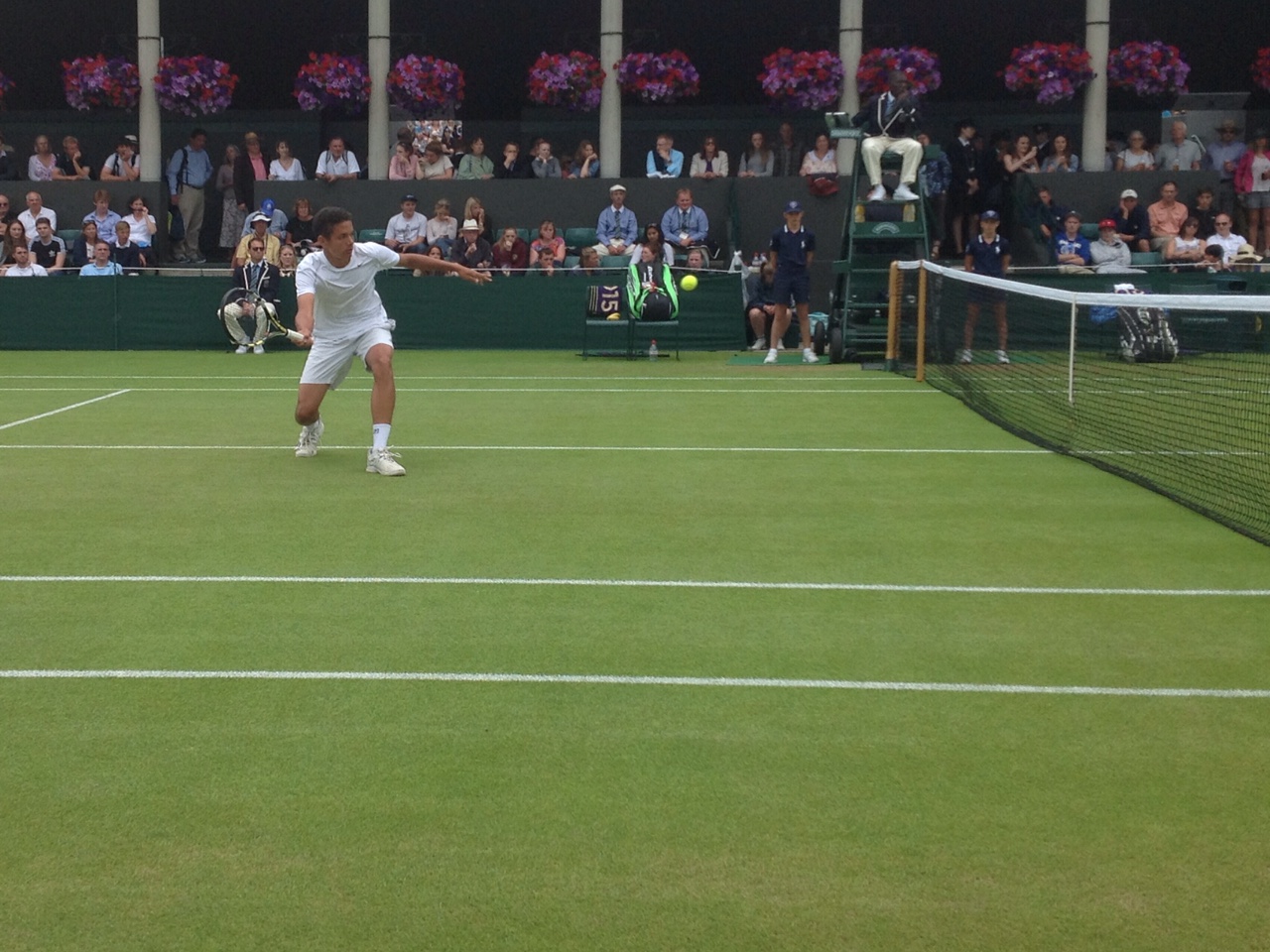Pickleball on the Rise
By Chris Oddo
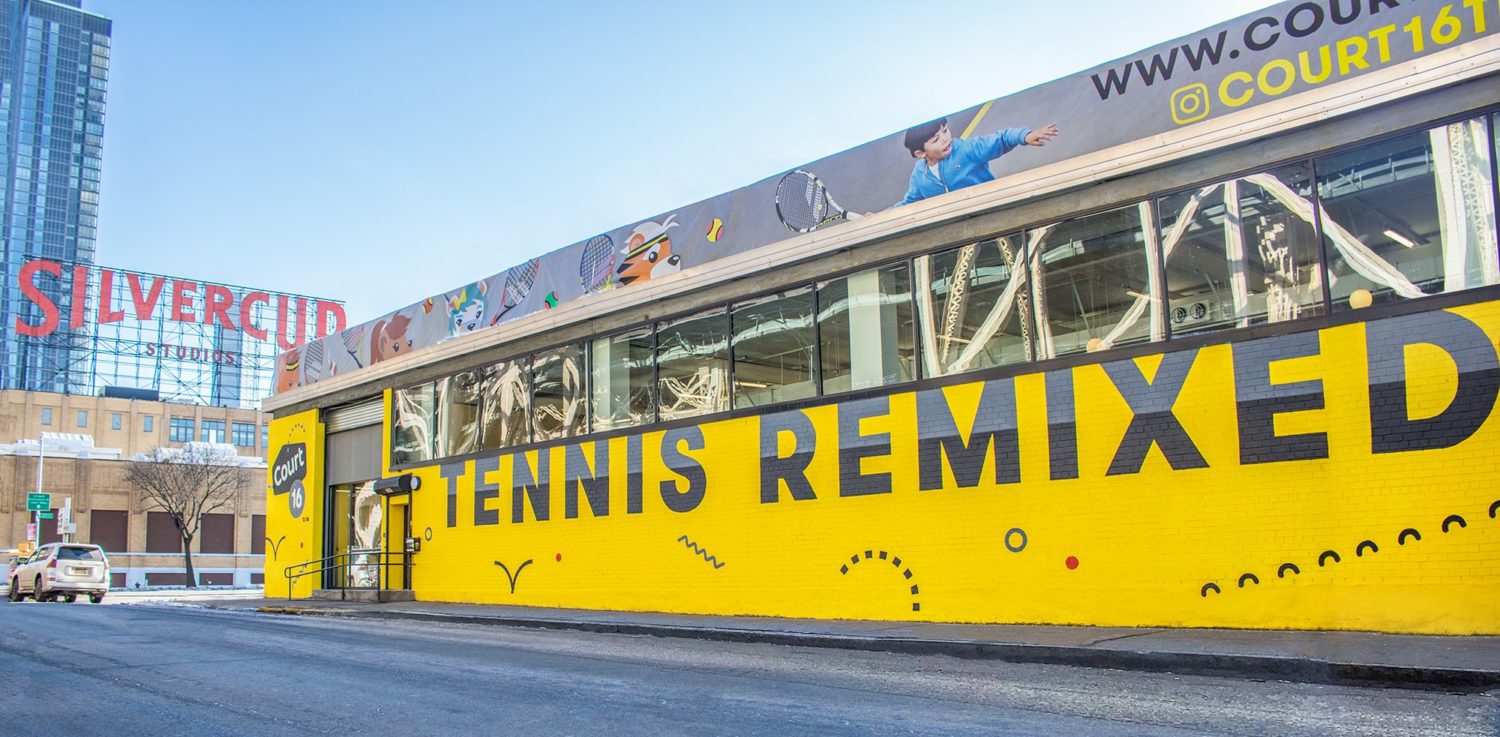
The sport was hardly on any one’s radar ten years ago, but today it is growing by leaps and bounds. What is making so many people pick up the paddle?
Listen keenly. Here comes the offbeat chorus of the newest craze in racquet sports; the percussive sound waves that crackle through the air when the paddle hits the pickleball.
Still confused?
Think Toy Story meets tennis: Buzz Lightyear and Woody, played by two paddles about to fall into the hands of a pair of soon-to-be pickleball addicts in Southern Florida.
Thwack! A sound which grows on you, like the crack of a baseball bat, the pop of Rafael Nadal’s forehand echoing inside Court Philippe Chatrier, or the ping of a golf ball being driven off the tee by a PGA pro. And that’s not the only sound we now associate with pickleball. The sound of cash registers clicking, a soundtrack to a relentless expansion of market share, is also heard.
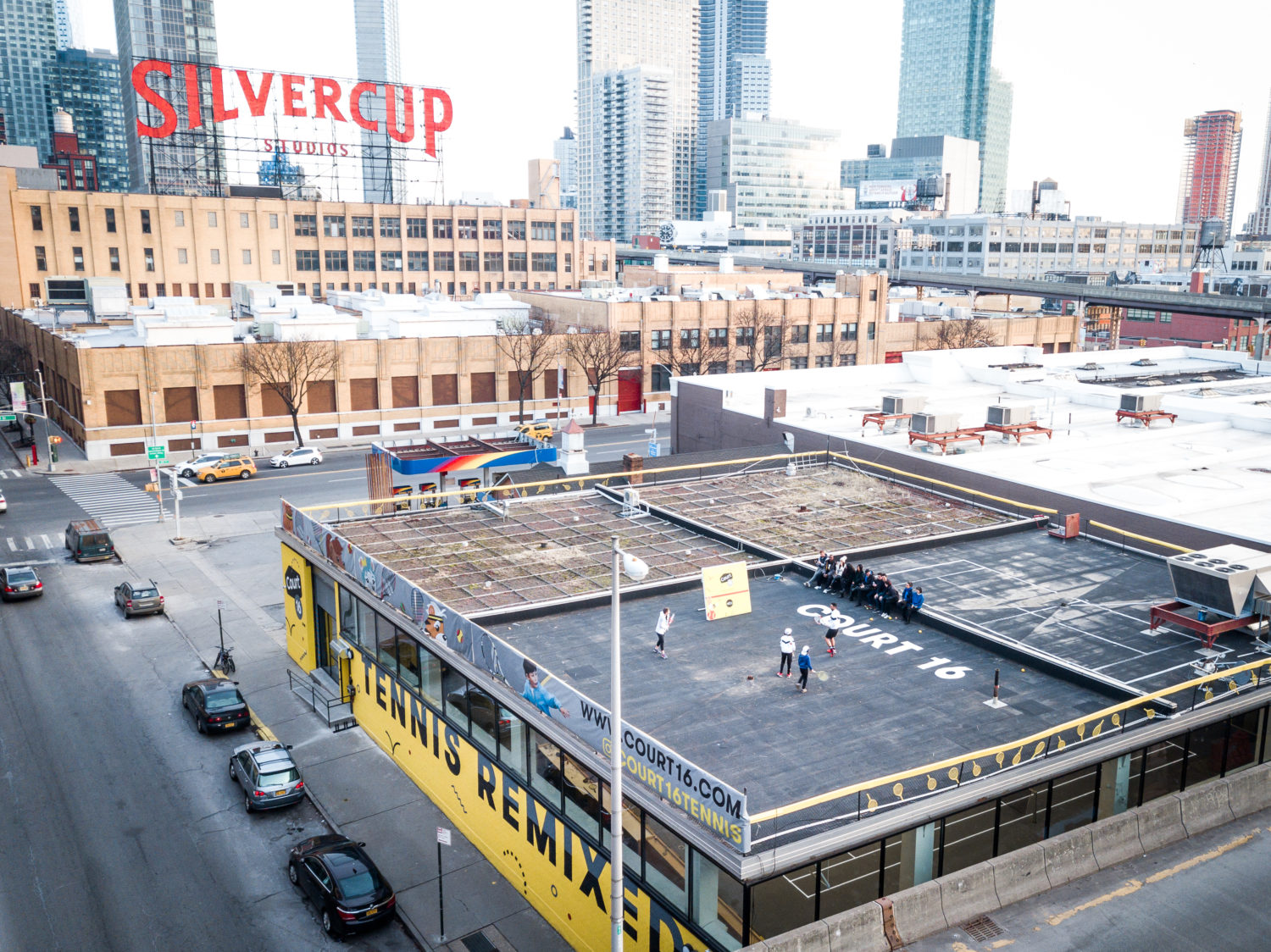
The US Open—Growing Proof of Pickleball’s Growth
2022 marks the 57th anniversary of pickleball, a sport reportedly named after the “pickle boat” in crew races, which refers to boats that were crewed haphazardly by anybody who happened to be ready and available. Pickleball has been around for a while, but nobody seemed to notice until a decade ago, when a half-century of humble beginnings finally gave birth to America’s fastest growing racquet sport craze. In the United States the sport has seen annual participation grow by over 10 percent in each of the last five years. Today nearly 5 million people regularly pick up the pickle paddle in the U.S. alone.
“There is absolutely no ceiling on this sport right now,” says Terri Graham, founder of the US Open Pickleball Championships. “This sport right now has 4.8 million but I would be shocked if there weren’t more like eight or nine million people playing right now.” Graham, who left behind a career at Wilson Sporting Goods to take the pickleball plunge, started the US Open Pickleball Championships, and the rest is history. In 2016, the tournament’s inaugural year at its home base in Naples, Florida, over 800 players made the journey to pickleball Mecca to play the tournament. Six years later, nearly 3,000 players flocked to Naples for the 2022 edition, which now offers $100,000 in prize money. There are 60 courts on site, which sits on a sprawling public park, surrounding a crown jewel center court that holds 2,000 spectators. “We’re sold out all week, we don’t have a ticket available,” Graham says. “The spectators come here in droves. This year, we were thinking we were going to have 25,000 people over the seven days, but it is going to be closer to 50,000.”
When Graham left her job at Wilson, she had grand ambitions, but she admits that she never envisioned the sport growing as exponentially as it has. “My statistics that I did on my business plan at Wilson, they were all wrong, because I never projected this many players,” she said. Pickleball isn’t just an American fad. Currently 62 nations are members of the International Federation of Pickleball. Graham sees growth accelerating in all regions, but particularly in Asia, where it is just starting to make inroads. “When this lands in Asia, then watch this sport go really, really insane,” she says. “Because it is the same size court as a badminton court, and you think of Asia and they are great badminton people and great ping pong players. When it lands there, and it gets popular, then wait and see what happens. There is no ceiling on it—it is just multiplying constantly and as soon as somebody discovers it, they don’t leave it.”
Tennis and Pickleball: Rivalry or Harmony?
There is some talk of a rivalry between tennis and pickleball, with players often bickering over the fact that many tennis courts have been converted to pickleball in recent years. But in reality, many in the racquet sport community, which includes squash, padel, badminton, ping-pong, pickleball, and tennis, subscribe to the adage that more is merrier. Even the United States Tennis Association, the national governing body for tennis and owners of the US Open, has carved out space for pickleball. Calling the sport a “crafty mix of badminton, tennis, and ping-pong,” it has hired a Head Pickleball Professional, and created leagues at its national campus in Orlando, Florida.
What to make of this so-called rivalry then? Anthony Evrard, founder and CEO of Court 16 in New York City, believes that a rising tide lifts all boats. He stresses that Court 16, which is opening a third facility in Manhattan this summer, is a tennis brand first and foremost. But he believes that embracing all forms of racquet sports and remaining inclusive is the way forward.
“You talk to someone who plays squash, and they’ll tell you that the sport is booming,” he said. “Talk to someone who is in pickleball, of course it is booming. There are all these booming sub-communities for all racquet sports. 33 or 35 percent of the tennis players could become pickleball players or the other way around. Every three people that play one racquet sport could be easily converted into another, if properly introduced, in the right context, in the right setting, with the right equipment. “If you put all those pieces together it’s just increasing the general population for racquet sports.”
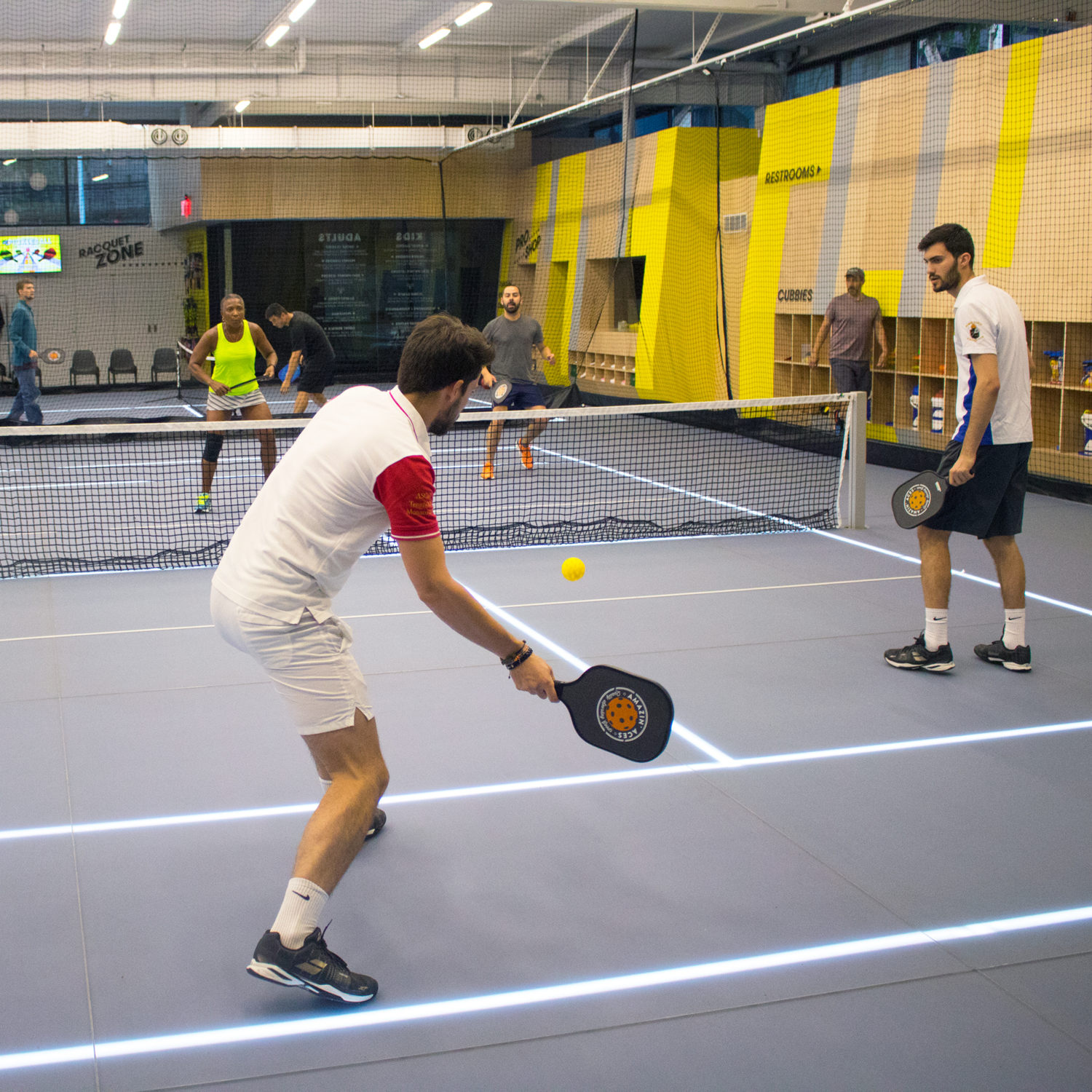
Families that play together grow together
Mark Osborne and his wife Jenee had never played tennis or pickleball before 2018. Mark loves to play golf and ice hockey, Jenee wasn’t the sporting type, but when Jenee’s mother came back from a winter spent in Arizona raving about pickleball, Jenee quickly gravitated to the sport. At first reluctant, Mark eventually followed suit. “Yeah, I really didn’t want to get into it,” he said. “I play hockey, I golf, and I didn’t really want to get into another sport, then I started playing and I just got hooked.”
Fast forward four years and the whole family has entered the pickleball community in Michigan. Mark’s son, Dominic, is sponsored by Pickleball brand Selkirk and has professional aspirations. Mark plays doubles with Dominic and his wife at tournaments and their daughter Sofia, a former tennis player, also plays. “It’s not just bringing the family together,” Osborne told Courts. “The people that you meet playing pickleball, it’s almost like you grow your family because you meet so many people that you become close with.”
Another benefit of the pickleball experience? Osborne says he has seen a new side of his son. 12-year-old Dominic plays with passion, embracing his spot on the front line of the pickleball revolution. “He’s pretty darn good, I’ll say that much,” Osborne raves. “The way the kid gets pumped up out there on the court when he starts hitting some good shots—my nerves get more out of whack just watching him than they do when I’m playing myself.”
The pickleball channel? Yes indeed!
If you stream it, they will come. At least that’s the hope, and with pickleball, so far so good. Rusty and Meredith Howes, the founders of the Pickleball Channel, came from the entertainment industry in Southern California and decided to take a shot on the nascent sport when they came across it while working at the Huntsman World Senior Games, which are effectively the Olympics for seniors. Rusty laughs when he tells the story of being asked to produce a piece about pickleball by an employer. “He called us, saying, ‘I have this segment I could make but I don’t know what pickleball is—what’s pickleball?’” Howe explained.
The Howes did their homework and realised two things: One, there was virtually no coverage of the sport. Two, it was growing faster than weeds in an abandoned lot! “We could see even in the first two years it was exponential,” Meredith told Courts. “It will continue to grow because the sport is addictive, once you’re in, you’re in. I don’t see people giving up.”
Howes also believes that the sport will see growth overseas and beyond.
“Certainly North America is so much bigger than everyone else, but it is blowing up in Australia, Asia and Europe,” Rusty said. “We’ve had lots of requests for Pickleball Channel to come.”
Easy to Learn, Easy to Play, Easier on the Body
Evrard, whose Court 16 caters to a more recreational group of pickleballers, says that the simplicity and less technical nature of pickleball helps with children as well as seniors. “There are many reasons that the sport is growing. Less injuries, more social, easier to get into, and now a huge inventory of courts all over,” he says. Most important? The sport’s remarkable growth has everybody talking about it. Now that the bandwagon is filling up, more people want to join the party. Agents are signing pros to contracts. The media is writing about it. Pickleball is snowballing, says Evrard, and he doesn’t expect it to change anytime soon. “It’s getting exposure—even with Octagon and IMG now,” Evrard says. “I have a friend, who is on the agent side, who told me that they just signed some players a few months ago to represent. If some of those guys are starting to have representation by all of the big talent agencies, I think we can anticipate a few more years of good growth.”
Story published in Courts no. 3, Summer 2022.
